Making a Beeline to the Remnants
 Priscilla Hubbard
Priscilla Hubbard
 Rozenapis ignita 40:1
Rozenapis ignita 40:1

 Priscilla Hubbard
Priscilla Hubbard
 Rozenapis ignita 40:1
Rozenapis ignita 40:1
I wish to acknowledge that I have been learning and designing on the unceded lands of the Wadjuk Noongar nation. I am grateful for their enduring land and sea stewardship that has looked after the boodjar of Boorlo and surrounds. This extends to my species of interest this semester - biara (B. attenuata) and in particular the djilyaro (bees). I pay my heartfelt respect and gratitude to elders past, present and emerging for their continued custodianship of country and sharing of knowledge.
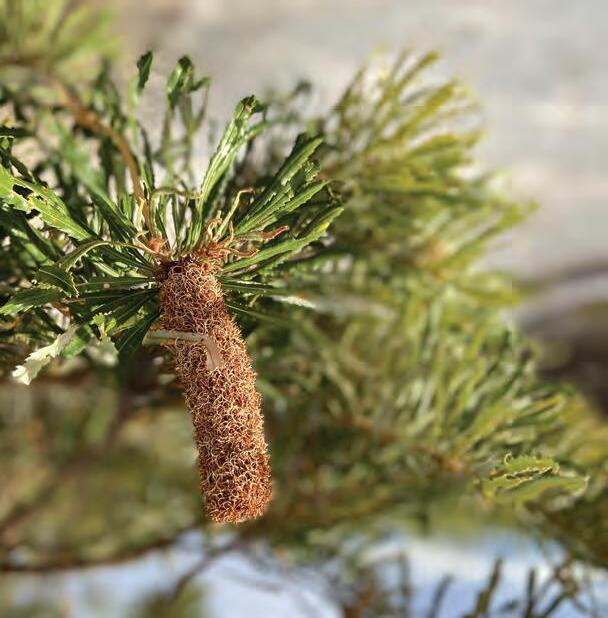
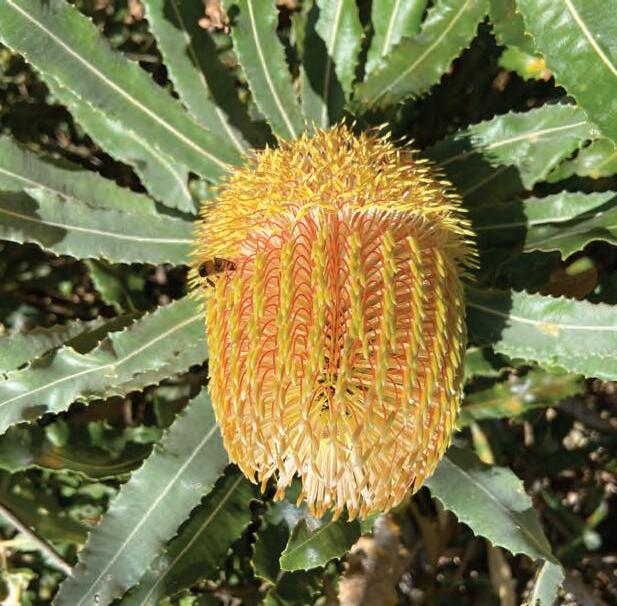

Thank you to this semester’s LACH5424 Lecturer, Rosie Halsmith. Rosie’s professionalism, exhaustive network, impressive precedent knowledge, clarity of expectations and processes and all round loveliness has made this unit not only my favourite to complete but has also provided the greatest leap in my learning. I hope our paths cross again during and after my studies. Thanks are also extended to the other guest lecturers and juror’s who also provided feedback throughout the semester.
Thank you to the Town of Victoria Park for offering such an inspiring site and their generous sharing of knowledge, information and time.
I am also indebted to Dr. Kit Prendergast for answering my questions on native bees and providing images and written materials.
Thank you also to Georgia Brashaw for collaborating with me during the research phase of this studio (The birds, the bees and the trees as well as diminishing habitat analysis). Georgia’s passion, energy, knowledge and sense of fun are always appreciated. Finally, thank you to the students of LACH5424 who provided company, advice and technical support when I needed it.
 Bee foraging on Jacksonia sternbergiana, George St. Reserve. Bee foraging on Banksia menziesii, Hillview bushland. Bee foraging on Banksia menziesii, Goss Avenue bushland. Banksia attenuata, Jirdarup bushland.
Bee foraging on Jacksonia sternbergiana, George St. Reserve. Bee foraging on Banksia menziesii, Hillview bushland. Bee foraging on Banksia menziesii, Goss Avenue bushland. Banksia attenuata, Jirdarup bushland.
“The animals of the world exist for their own reasons. They were not made for humans any more than Black people were made for Whites or women for men.”
Alice Walker, Pulitzer prize winning author (Spiegel, 1988)
To create a more than-human landscape strategy in the local government area of Victoria Park, that seeks to solve a problem for a non-human resident at this site. The site’s remnant vegetation area (Jirdarup Bushland Precinct) will be the investigation starting point. One, specific non-human resident of the Victoria Park area will be your client. More-than-human strategies will respond to the current, as well as future, conditions in Victoria Park, taking into account changing climate and social conditions. The design process must comprise 1) analysis, 2) strategy, 3) design development and 4) design communication. client.
The native bee, Rozenapis ignita, is the client selected for this folio. Stages 1 and 2 have focused solely on this species, where as Stages 3 and 4 have broadened the focus to native bees of the Perth area in general.


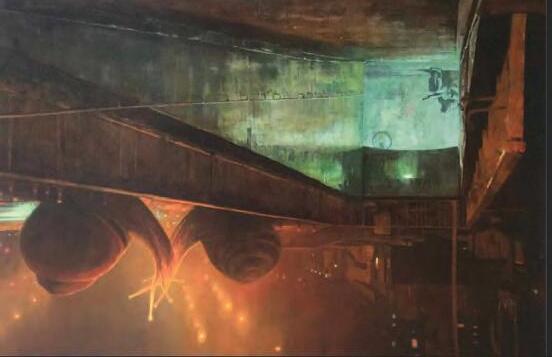
To provide improved connectivity for native bees between three fragmented remnant banksia woodlands located in the Town of Victoria Park and adjacent City of South Perth. This will support important foraging and reproductive floristic requirements for native bees, while simultaneously ensuring pollination services critical to the survival of the woodland flora. These pollination corridors provide increased cross-pollination, which strengthens the remnant’s genetic diversity, thereby improving resilience. As native bees have a flight range limited to 1km (500m return radius) bee “lines” that provide their specific floristic and nesting requirements at least every 500m between the remnant patches are proposed. Ideally, the key pitstops located at the 500m markers would be human / bee interactive living labs and bee friendly gardens. Temporally, the design would utilise interim infrastructure (bee towers or “motels”) that double as wayfinding guides until mature trees can naturally provide these nesting habitats. The biodiversity positive interventions proposed would require collaboration between both LGAs, key state government agencies whose land access is required and local residents
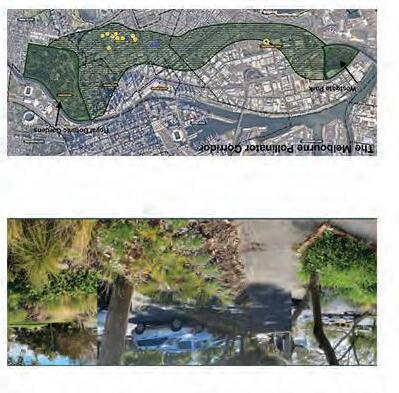
Precedent 1: Love
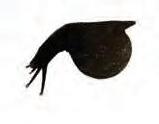
I was already moved by this love story. A signed limited edition print graces our wall. Rereading this short story was a timely reminder that even inconspicuous, non-charismatic animals can exhibit sentience and beauty and deserve a place in our urban environments.
Source: Tan (2018, 50-53)
Precedent 3: The Luctsingel, Rotterdam.
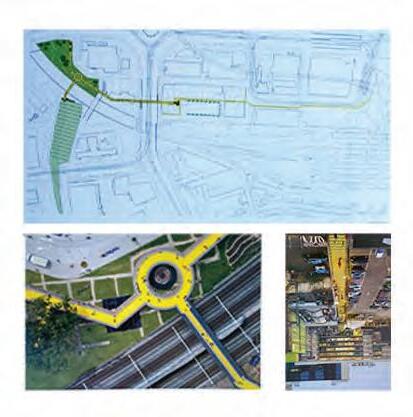
Precedent
Source: Publik
Source: Ceccon and Zampieri (2016).
uncertainty / patterns / insights


clarity / focus



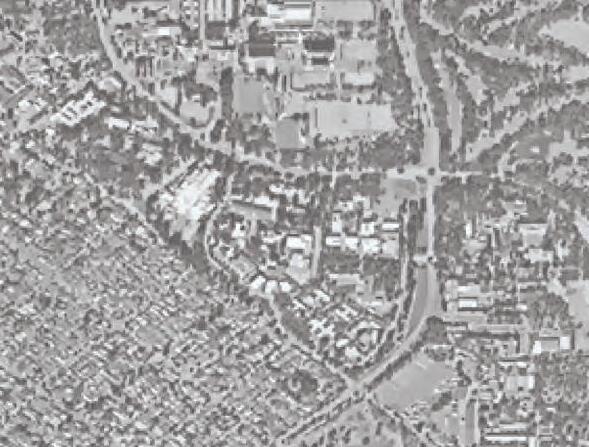

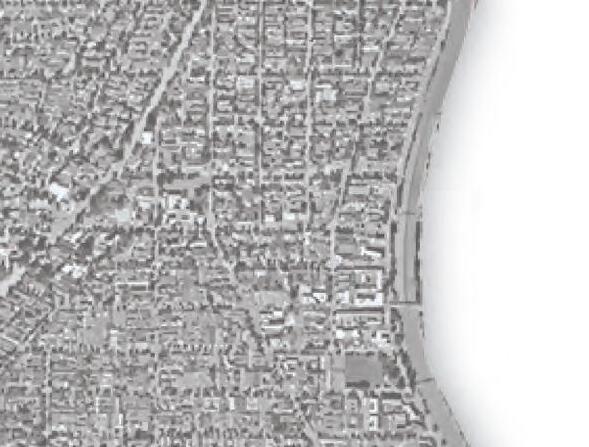

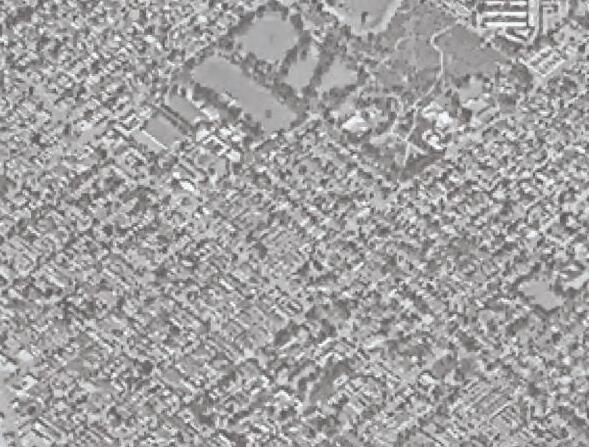
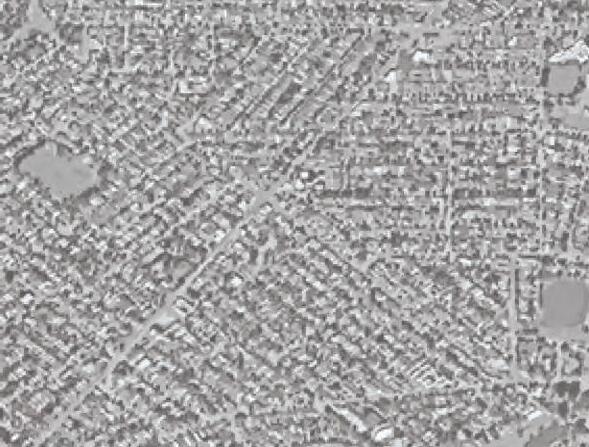
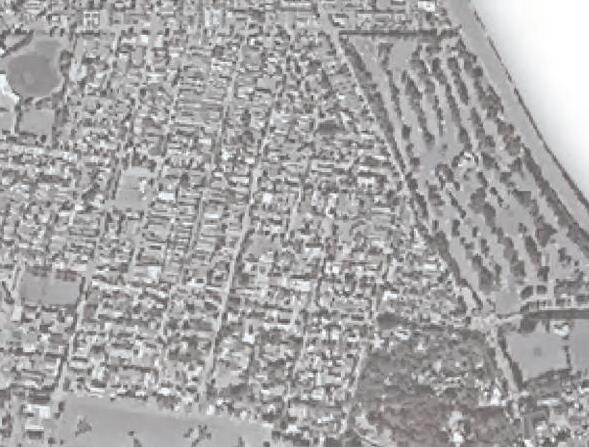
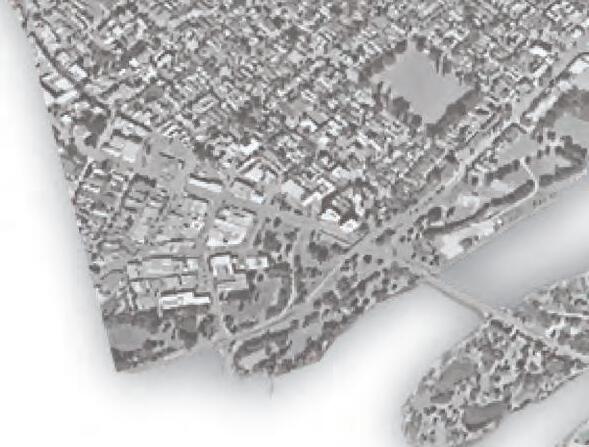




LACH5424 study area denoted in red



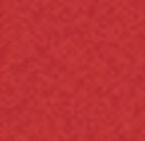






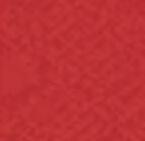











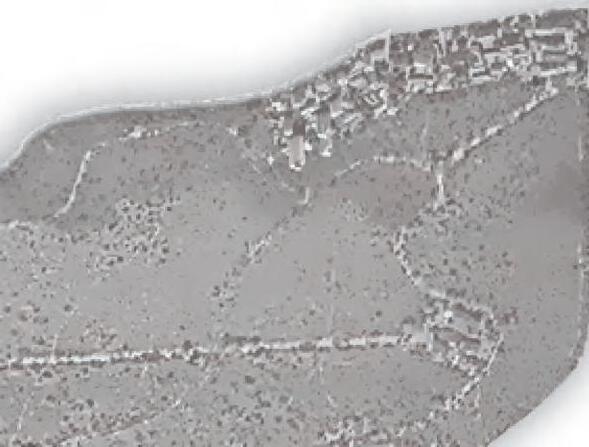
spatial scope broadened to







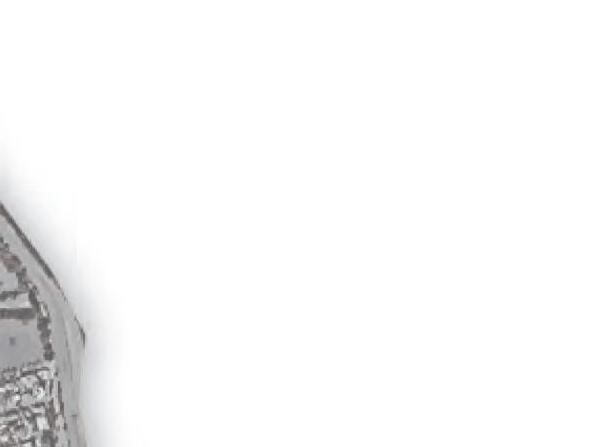
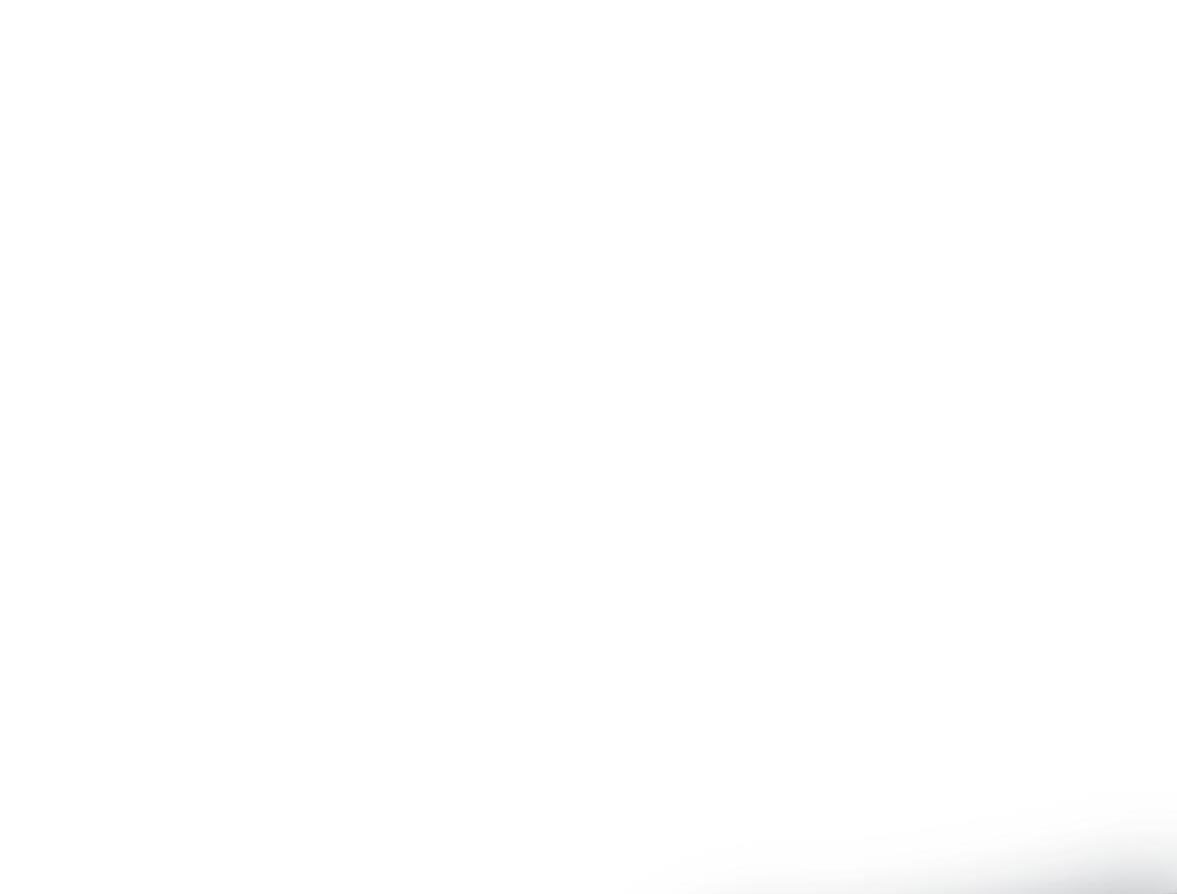


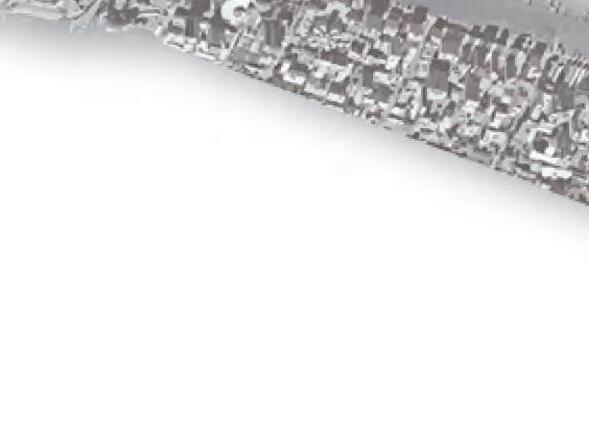

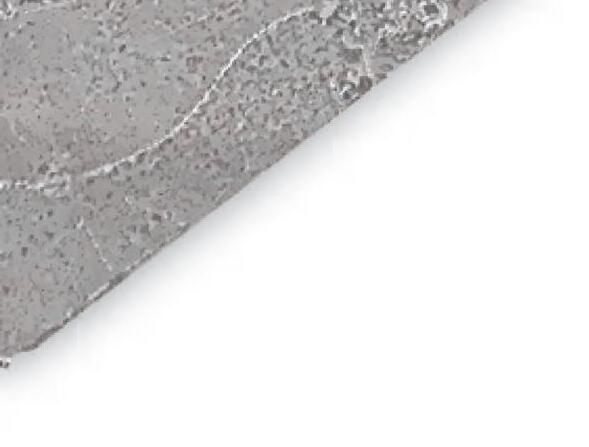
sense of place - transect walk.

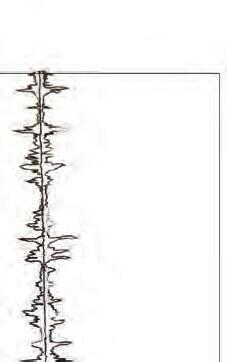

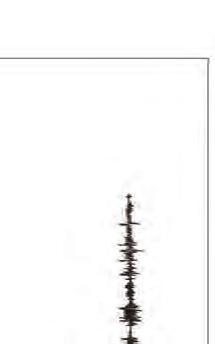


Causewaycarfumes
Kangaroomovement
Reservegates
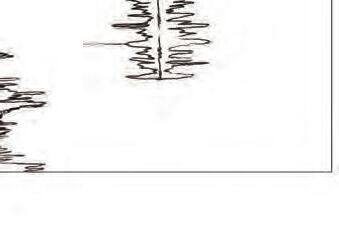

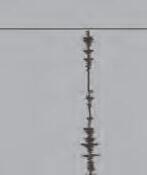
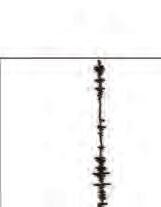
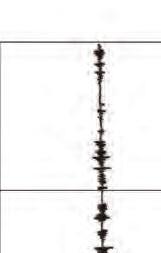
Cockatoomovements
Jirdarupwatertrough

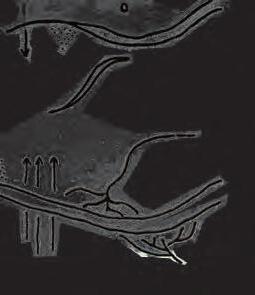
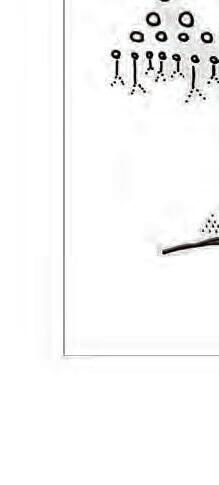
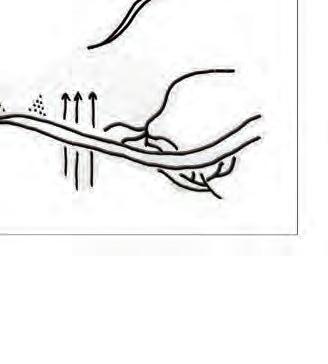
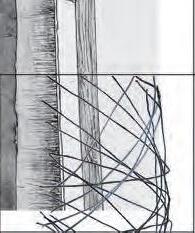

Jirdarup-redtailedcockatoo
Binarycode-lackofmicrobialdiversity
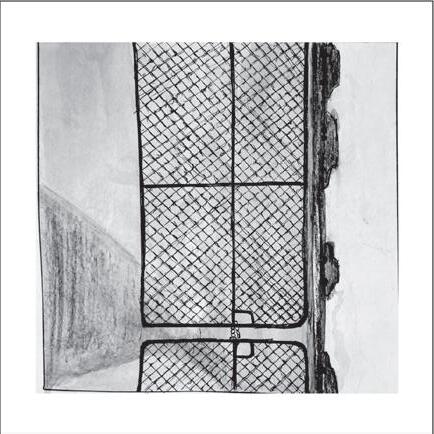
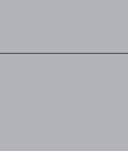
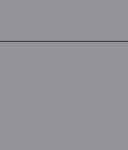
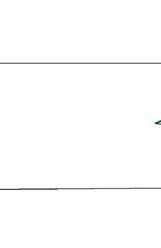



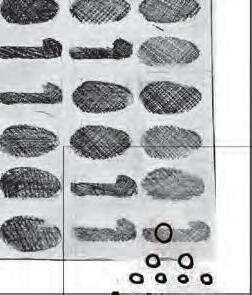




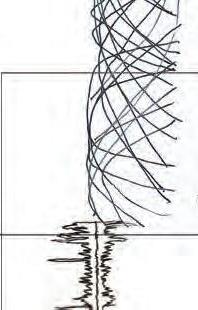
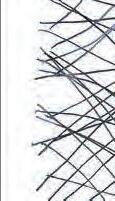
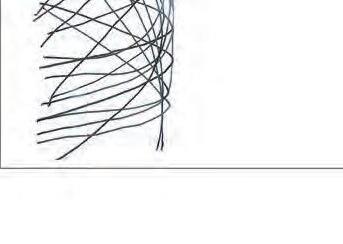




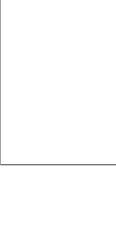

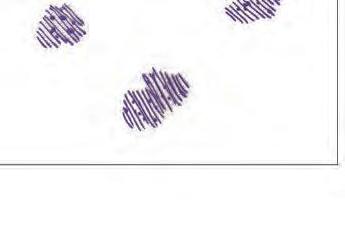
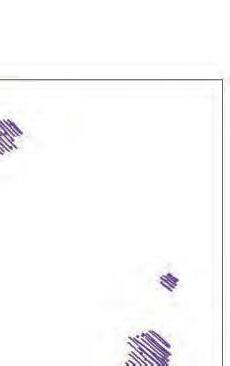



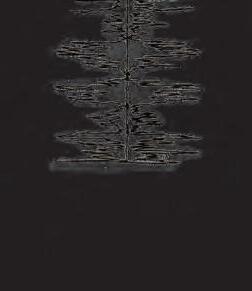















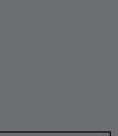



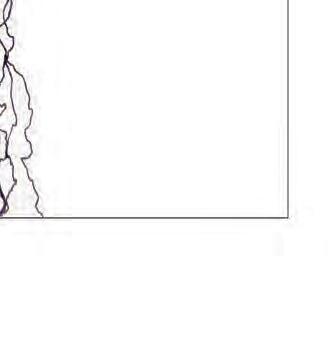


Snake’sperspectiveofplaygroundpencilsculptures

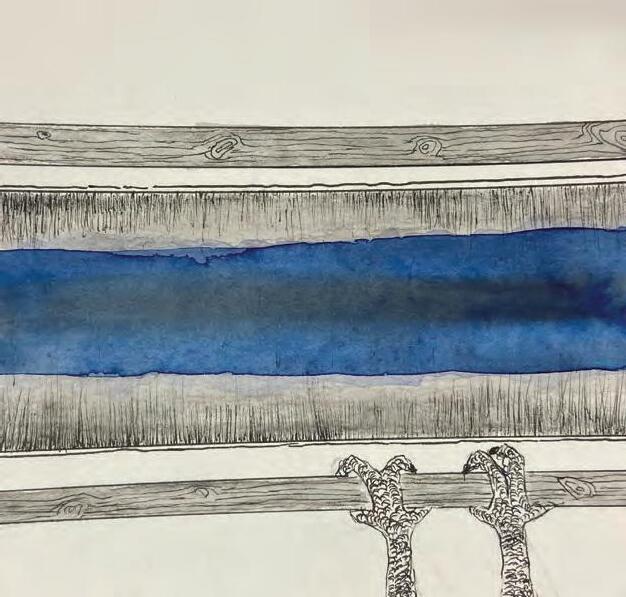
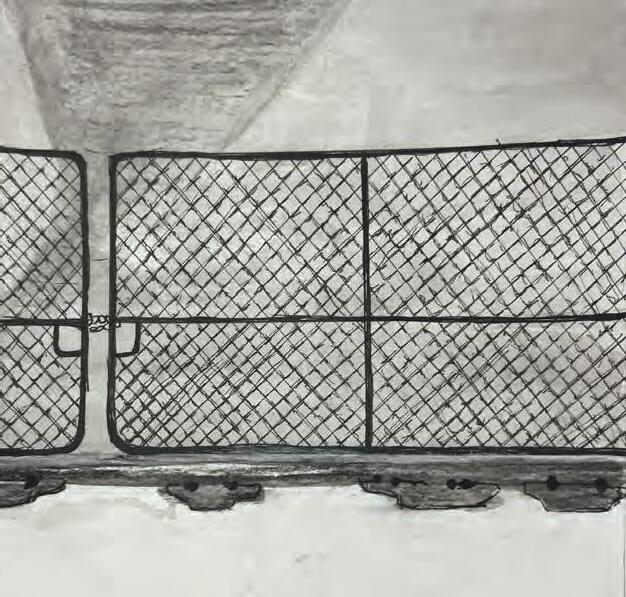
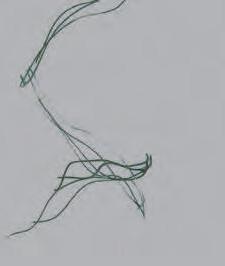
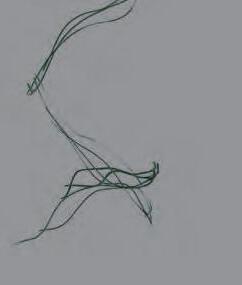

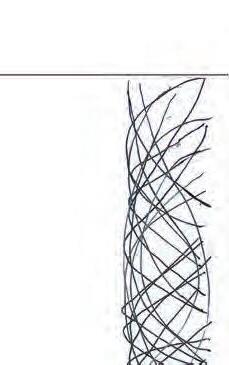



oodsourcesusingultra-violetspectrum
Jirdarupbirdseyeperspective







1.Jirdarup-redtailedcockatoo

bushland


Remnant vegetation

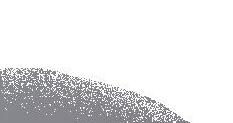

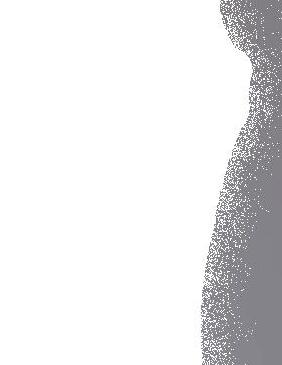
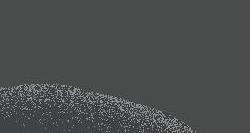
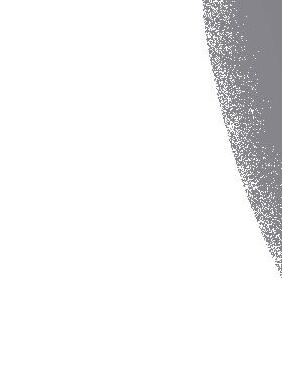

(Public Open Space / Golf Course)























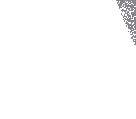





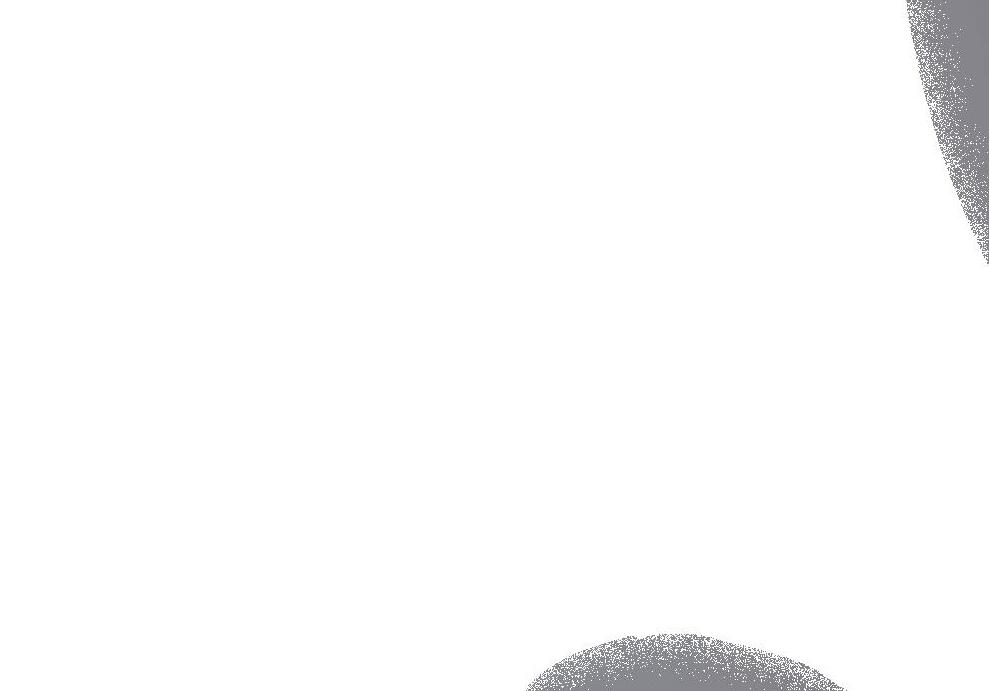


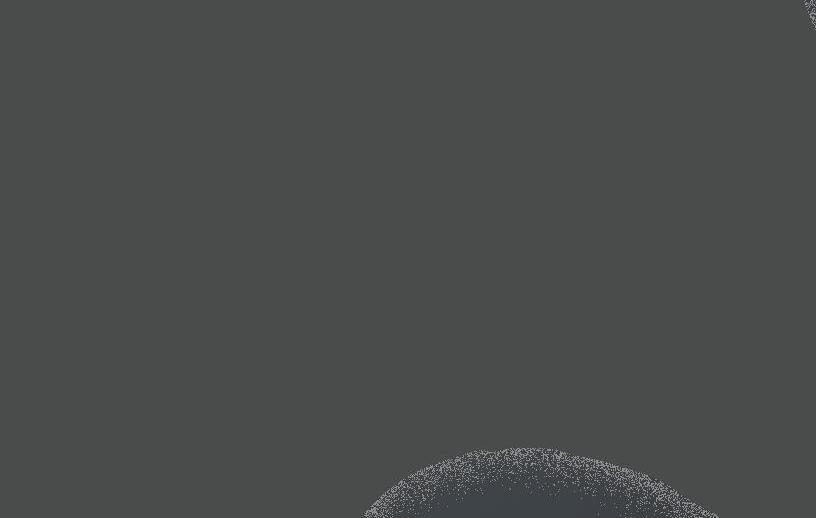



























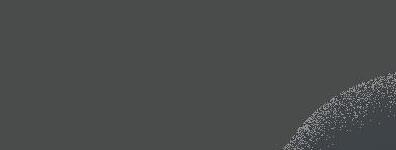
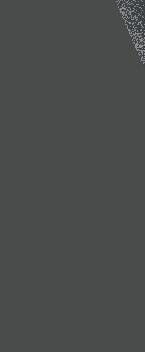








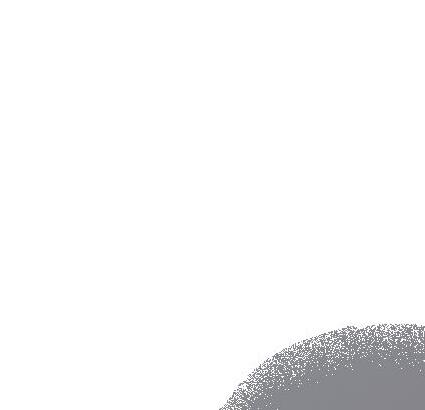
















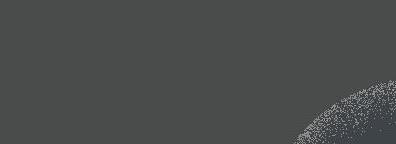
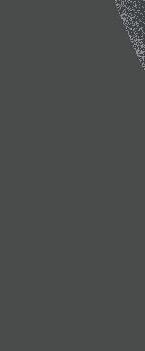
























Location of Public Open Spaces
N N N 1953 1974 1995 2023 bushl bus bus bus Making a Beeline to the Remnants - 3
Merops ornatus, Rozenapis ignita and Banksia attenuata
Migratory
Insectivorous























Flight Pollinators
No predator/ prey relationship
Solitary not colony
Co-evolution relationship with flowers of Fabeaceae family

Nests in hollow tubes of 7mm diameter sealed with resin
Rainbow Bee Eater (Merops Ornatus)
Native Resin Bee (Rozenapis ignita)
Candlestick Banksia (Banksia attenuata)
Creates burrowed nests in the soil / open habitat of Banksia woodlands
Consumes insects attracted to Banksia spp.
Neither pollinate Banksia spp
Once abundant on Swan Coastal Plain
Keystone species
Threatened Ecological Community

Uses Banksia flowerhead tormentose for nest building
White, yellow, brown or pale red sand



















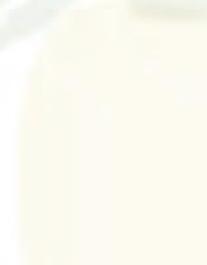






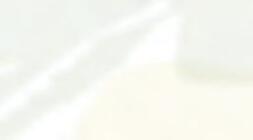


















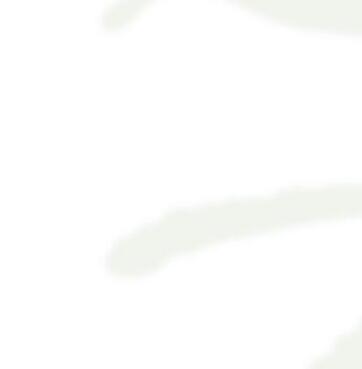






















Inter-relationships between the three species.
010 20406080 100km

Banksia Woodlands of the Swan Coastal Plain, EPBC Threatened Ecological Community (endangered status)
 Image credit: G. Brashaw (flowerhead only), P Hubbard (leaves)
Image credit: G. Brashaw (flowerhead only), P Hubbard (leaves)

Jacksonia sternbergiana, J. furvellata and J. sericea Pollen and nectar used for food. Flowering: J.st. all year, J.f. Aug.-Mar., J.sericea Dec.-Feb.
Various sp. Cavities created by boring insects
Banksia attenuata Indumentum from tormentose floral bracts used for nest cells



Eucalyptus sp. / Corymbia sp. Resin used to seal nest cavity from predators



1km(500mradius)


















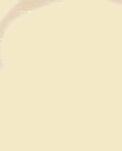



































Egg Pupae


Larvae
1km (500m radius)

























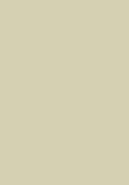









Female
Male
1-6 nesting cells sealed in resin
Larvae
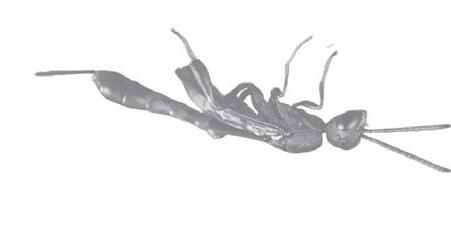
Gaster uptiids













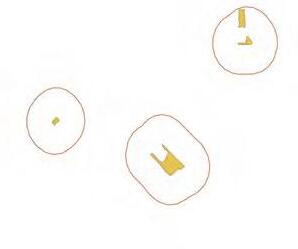
Extensive established urban forest network in both LGAs.
ToVP - 10% UFS canopy, targeting 20%. CoSP - maintain their 20% canopy coverage.
As LGA land is exhausted for planting, private gardens and verges can be utilised. Private gardens can be quite homogenous biotopes. They represent an opportunity to implement diverse, waterwise and bee attracting additional habitats. The ToVP offer verge plant giveaways and $500 grants for gardens. (D Boston, personal communication, May 1, 2023)
Collier golf course
36.4Ha of vegetation patches between fairways. Utilised by Carnaby cockatoos for roosting. Located on Bassendean soil. Established matrix of established trees (e.g. Pinus sp., Eucalyptus sp.)
Land surrounding Jirdarup remnant bushland suitable for additional native bee habitat. Land use generally compatible.
George St. Reserve is a designated contaminated site (Parcel ID: 13212), as is the Kensington Sand Pit (ID: 71752) which has been remediated for “restricted use”. Harold Rossiter Reserve represents additional potential understory flowering plant habitat.
Nearby Banksia Woodland
Remnants
Remnant bushland located nearby at Hillview Community Park in ToVP (1.6km from Jirdarup) and Goss Ave. in CoSP (2.4km from Jirdarup). Increased cross-pollination strengthens genetic diversity.
Research institutions / Education

Curtin University, Tafe, CSIRO, DBCA, Dept. Agriculture and Food as well as a number of schools occur in the area. Opportunity exists for living lab sites that are monitored and maintained , or even sponsored by these institutions.

Fragmented matrix of suitable habitat and often reduced quality. ToVP anticipates an extra 19,300 dwellings required by 2050, while CoSP estimates 6000. Available public space for planting will plateau.
Low diversity / exotic urban landscape doesn’t meet floristic requirements. Private property trees continue to be removed (CoSP estimates by 20% in UFS, 2018).
Climate change
Rainfall in the SW has decreased by 15% since 1970’s (BoM, 2022). Climate change will affect vegetation and thermal tolerances of bees (e.g. US study found 1oC increase resulted in 41% decrease in bee abundance (Ayers and Rehan, 2021).

Image credit: BOM, 2022.

Due to their size native bees are constrained to ~0.5km foraging radius (1km flight range). As an oligolectic forgarer, R. ignita’s specialised flora must be within this flight zone.

Plant heightvehicle visibility / CPTED and bird safety around traffic
T. of V.P. advise <700mm for plants near roads for vehicle and pedestrian visibility. (D Boston, personal communication, May 1, 2023).
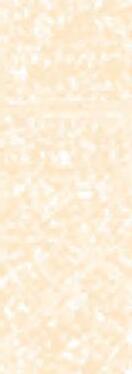


Dieback is a root rot fungus that causes plant disease and death. Mid-story trees such as Banksia’s typically show signs of wilting when first infected (Davieson, 2014). Banksia cluster root systems can make them vulnerable. Ecologic (2014) indicates B. attenuata, E. marginata, X. preissii etc in Jirdarup reserve expected to “reliably express disease symptoms”
Image credit: Dept. of Natural Resources and Environment Tasmania
Melifera apis
Exotic plants gives the generalist European bee competitive advantage. Treatment of Varroa mite and viruses may pose a threat to native bees. Image credit: G. Brashaw

Town of Victoria Park Street trees Legend
Remnant bushland (DPIRD_093)
Jirdarup 0.5km Buffer (native bee flight radius)



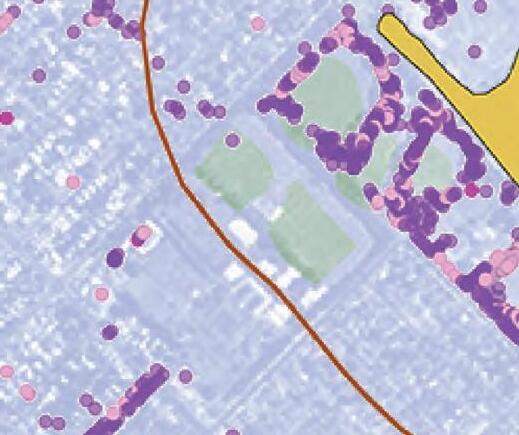


Bassendean soils (DPIRD_027)
Spearwood soils (DPIRD_027)

Public Open Space (traced 2023 aerial image)

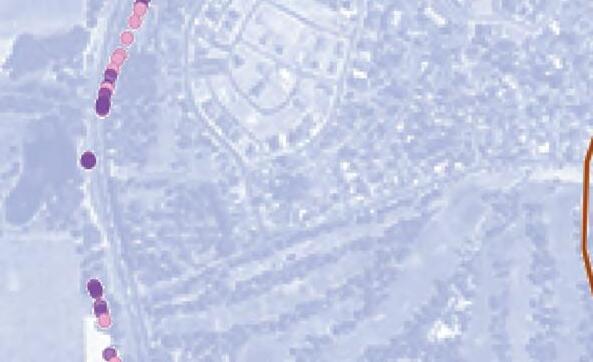









Banksia sp. Corymbia sp. Eucalyptus sp.
Three nearby remnant bushlands all on Bassendean sands
Bee flight ranges (500m radius) around remnant cores do not overlap, reducing cross-pollination opportunity

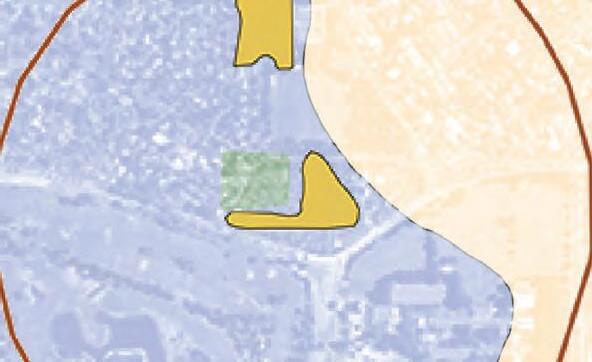




Kent Street arterial road and Playfield Reserve includes some of the key plant species required by R. ignita




1:10,000 Problem - stranded remnant Banksia woodlands with limited connectivity for native bees and their pollination services. Solution - “Beeline” corridors that provide native bee’s food and reproductive floristic requirements within 500m flight ranges, while concurrently promoting cross-pollination between the Banksia woodlands.





















Remnant Banksia woodlands
Native bee beelines (foraging / reproductive corridors)
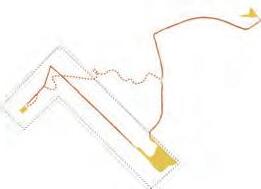


500m (minimum) native bee “motel” floristic pitstops
LGA Boundary













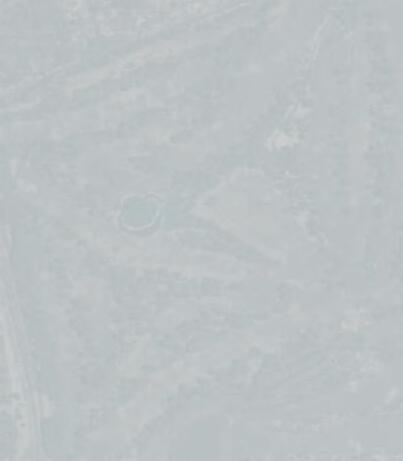



































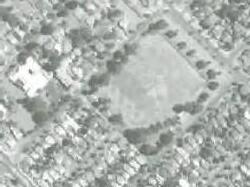
Roundabout
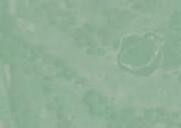

Beeline 1 - For the Bees and transient humans
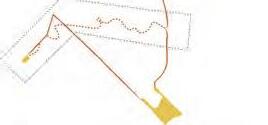

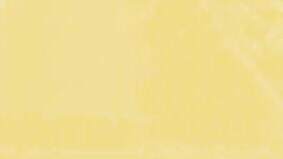

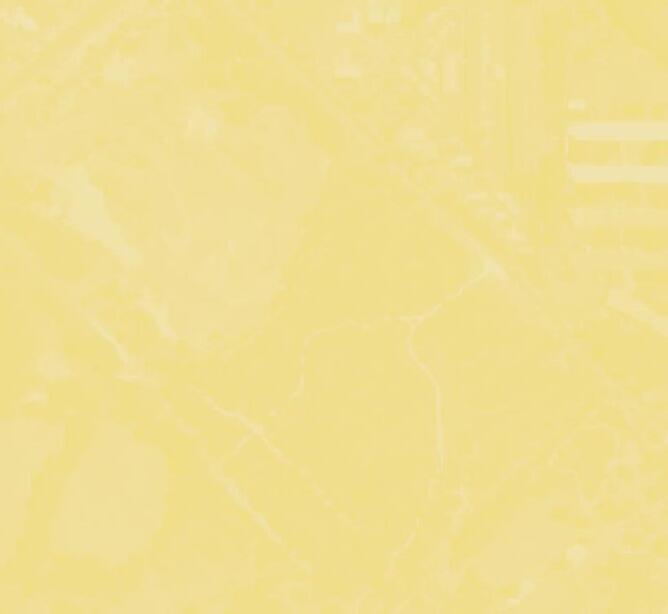

3.2km beeline between Jirdarup and Goss Avenue remnant bushlands. Requires collaboration bewteen two LGAs. Utilises urban forest matrix from golf course and street trees, as well as recent T.of V.P. ecozoning. Additional planting proposed. The Collier Park Golf Course and Government agencies on this beeline route could play sponsorship / custodian role in the form of a living lab.
Urban Forest
ToVP new shrubbery
Proposed shrubbery ecozoning
Beeline 2 - For the Bees and local humans
1.5km beeline on Etwell Street (existing gateway to Jirdarup) between Jirdarup and Hillview remnant bushlands. Exclusion zone for European bee hives. Utilises verges, street trees, public open spaces and T.of V.P. ecozoning. Propose to leverage off existing T of V.P. $500 garden grant and native plant giveaway programs. LGA demonstration gardens and educational material would further support native bee attracting gardens. Residents and local schools on this beeline route could play sponsorship / custodian role.


Buildings - Residential (Etwell Street)








Public Open Space
Proposed shrubbery ecozoning
Beeline 3 - For the Bees only

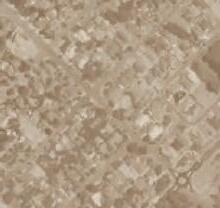
2km beeline between Hillview and Goss Ave. remnant bushlands. Utilises verges, street trees, public open space and T.of V.P. ecozoning. This beeline would be more fluid as it is the bee’s navigation choice. Curtin University, South Metropolitan Tafe and Technology Park on this beeline route could play sponsorship / custodian role. Playfield Reserve is a well positioned junction point for Etwell Street and this beeline.
Public Open Space

Proposed shrubbery ecozoning
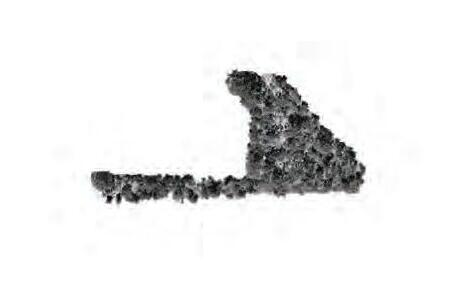














































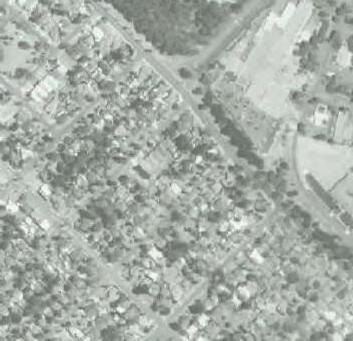
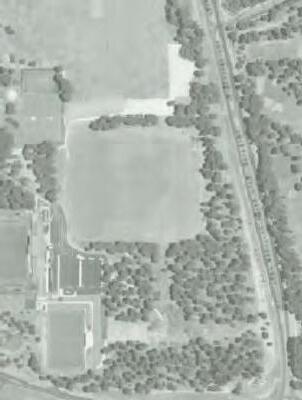

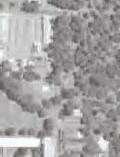




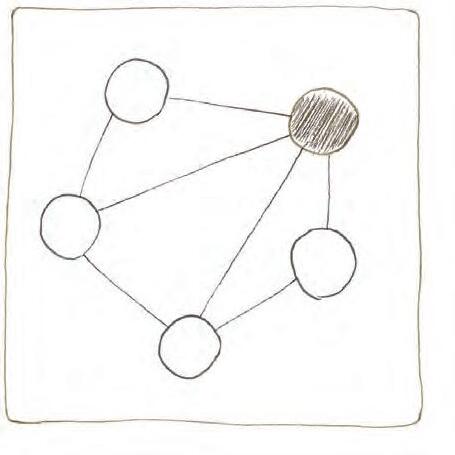
Sample bee profile. Each native bee found in Per th to have an equivalent information sheet.

1. Endemic flora only planted. Plant selection must meet both foraging and reproductive needs, preferably for a broad range of native bee species
2. Less than 500m between interventions as this is the limit of most native bee’s flight return radius

3. Cater for both cavity nesting and burrowing native bees
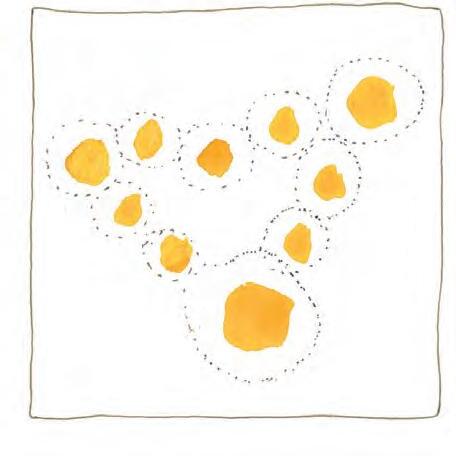


4. European bees proactively excluded via avoidance of exotic planting and removal of feral bees nests
5. Health and safety to humans prioritised through maintaining vehicle and pedestrian visibility, CPTED principles and minimise risk of bee stings
6. L 6. Learning opportunity to promote significance of native bees to the unique flora of the SW Australian ecoregion
7. Design for native bees is not at expense of other species (e.g. cockatoo strikes from vehicles)


8. Obvious wayfinding while on trail




A “motel” chain of 50 bee hotels located along the three beelines is proposed. A prototype / pilot program of the design would be recommended prior to full implementation to ensure effectiveness of design. The DBCA Lving Lab site would be the ideal pilot site to assess the effectiveness of different bee towers.
The motels comprise untreated, weather resistant jarrah posts of varying heights. Holes of 3-12mm diameters, to accommodate different bee species, would be drilled into the posts. These holes are revisited by the bees who originally hatch there. Other bees also occupy the nests inbetween these times. Most solitary bees are happy to live in a community beside each other. Larger animals such as other insects or lizards may inhabit larger holes.


Over time, nest holes can be infested with mites, fungal spores and pathogenic bacteria (Prendergast, n.d.). Use of cardboard nest tubes or periodic cleaning is recommended. If the pilot program indicated this is required an option could be for parties sponsoring the living labs to take on this role. This can be completed late winter prior to bees becoming active. Alternatively, the hotel structure could be redesigned or the total number reduced if too maintenance intensive.
The posts should be in sunny positions, as shade makes the posts harder to find for the bees. Human traffic can also spook bees so it is preferable to keep some separation. This also minimises bee sting risk.
The bee motels would double as way finding markers. A signature yellow metal with the Beeline logo would wrap around the posts.
The posts may ultimately be removed once planted trees are mature enough to support borers who naturally create the burrows utilised by native bees.
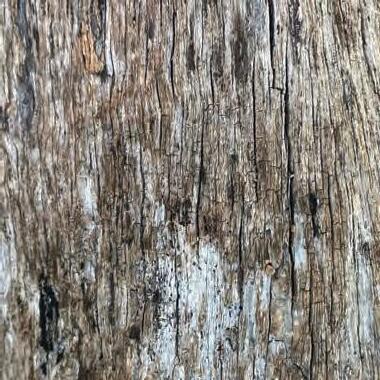
Posts with QR codes would be located a “safe” distance from the hotels. Solitary bees are not overtly aggresive as they are not protecting their colony.

The QR scan codes profile each of the different native bees found in Perth.

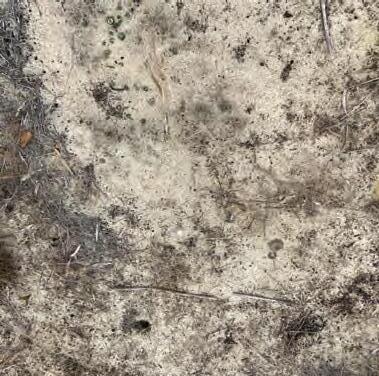
Hole diameters 3-12mm wide, most bees prefer 7mm Tunnel length at least 50mm, but preferably 100-200mm long


Varying tower heights
Rozenapis ignita
Red / brown rear
R: 167
G: 97

Banksia attenuata
Yellow flowerhead
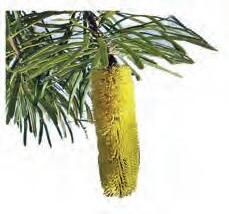 Bassendean sands For Bassendean vegetation complex flora and burrowing bees.
Stabilised granitic material For new pathways. Colour choice tribute to R. ignita.
Untreated wood Preferably jarrah. Sandstone boulders For sit spots, primarily at Living Lab sites.
Metallic yellow For information posts and wayfinding.
Bassendean sands For Bassendean vegetation complex flora and burrowing bees.
Stabilised granitic material For new pathways. Colour choice tribute to R. ignita.
Untreated wood Preferably jarrah. Sandstone boulders For sit spots, primarily at Living Lab sites.
Metallic yellow For information posts and wayfinding.
Image
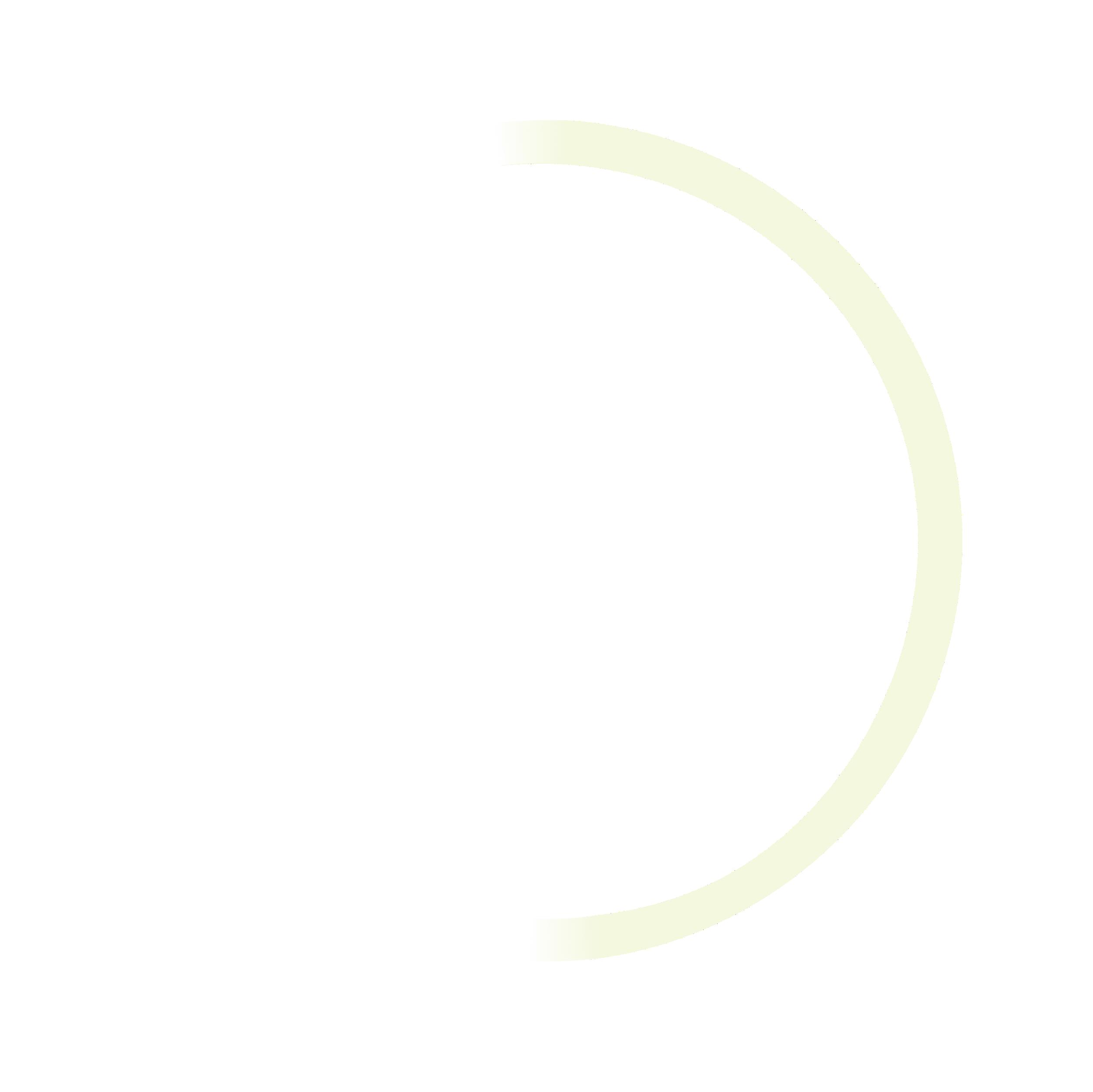


Species name
Banksia attenuata Candle Banksia



Banksia menziesii Firewood Banksia
Dimensions
Flowering habits
4-8m (H) Yellow candle like flowers (5-26cm long, 3.5-5cm wide), Flowering September to October. Takes up to 10y to flower (George, 1987)
2-6m (H) Pale pink to deep red with silvery indumentum ovoid-cylindrical flowerhead (4-12c long, 7-8cm wide). Flowering February to August. Flowers from 6-10y from seed (George 1987).
Brachysome iberidfolia* Swan River Daisy 0.3 - 0.5m (H) 0.2 - 0.3m (W)
Calothamnus sanguineus* Silky-leaved Blood Flower




Calytrix angulata* Yellow starflower

White, blue, purple, black flower spring and summer

2m Red flowers March to November
1m
Conostylis candicans Grey cottonhead 0.3-0.8m (H) 0.3-0.8m (W)
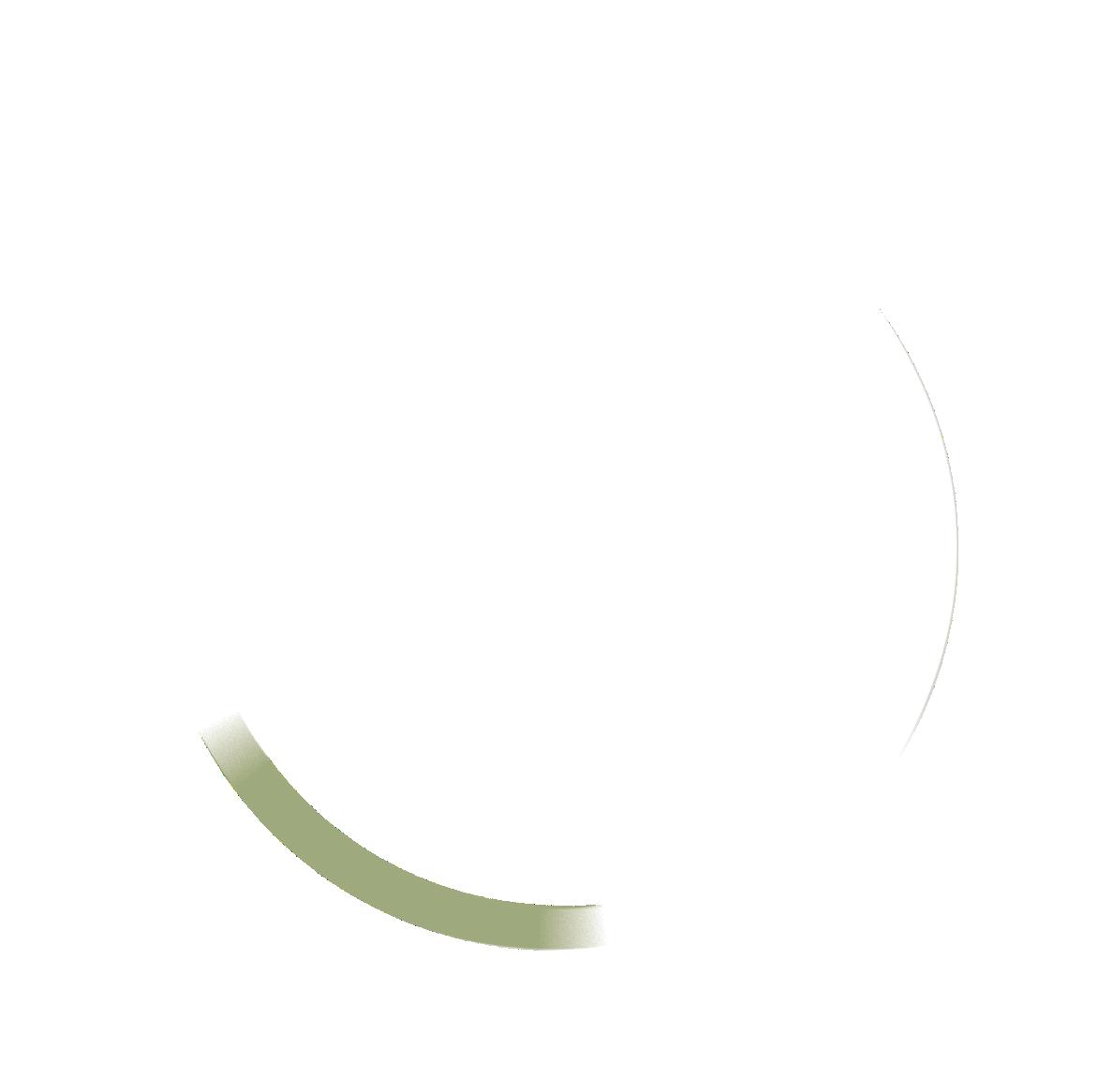
Star shaped yellow /cream flowers Aug-Dec,
Campanulate, globular yellow flower on terminal heads winter to summer.


Corymbia calophylla Marri 30-40m (H) Abundant cream / white flowers buds and fruits in terminal clusters. Flower Jan. - May.Buds pear shaped on long, slender stalks.

Eucalyptus marginata Jarrah
Jacksonia furcellata Grey stinkwood
Jacksonia sericea Waldjumi

Jacksonia sternbergiana Green stinkwood
Gastrolobium capitatum* Bacon and eggs
10-40m (H) Buds cylindrical, caps conical. Umbers 7-17 held on slender peduncles.Creamy white filamentous flowers Jun.-Jan.
3m (H) Branchlets crowded, yellow pea flowers August to March.
0.6m
5m
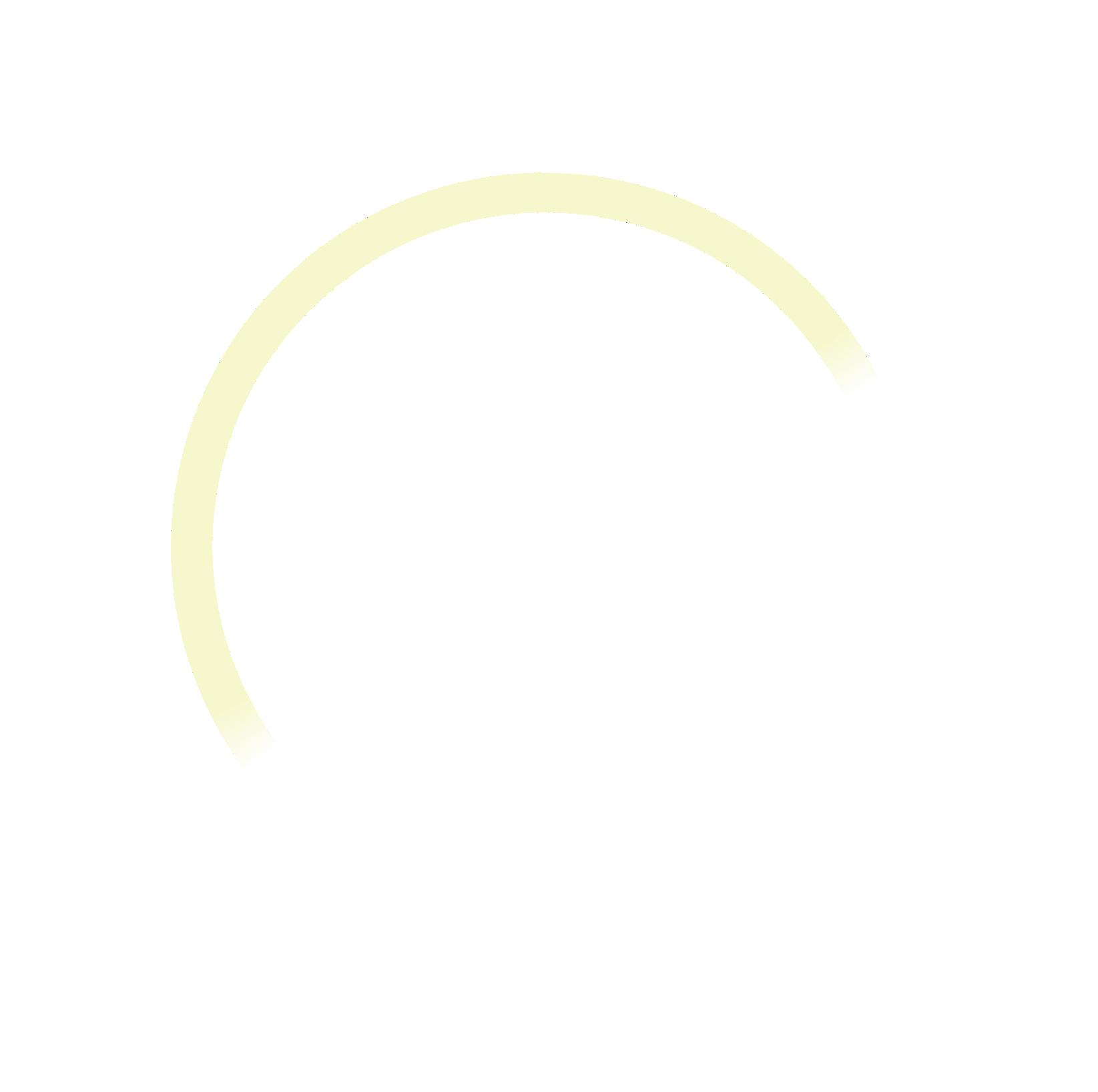
1m
Gastrolobium nervosum* 0.5m
Hardenbergia comptoniana Native wisteria
0m (climbing)

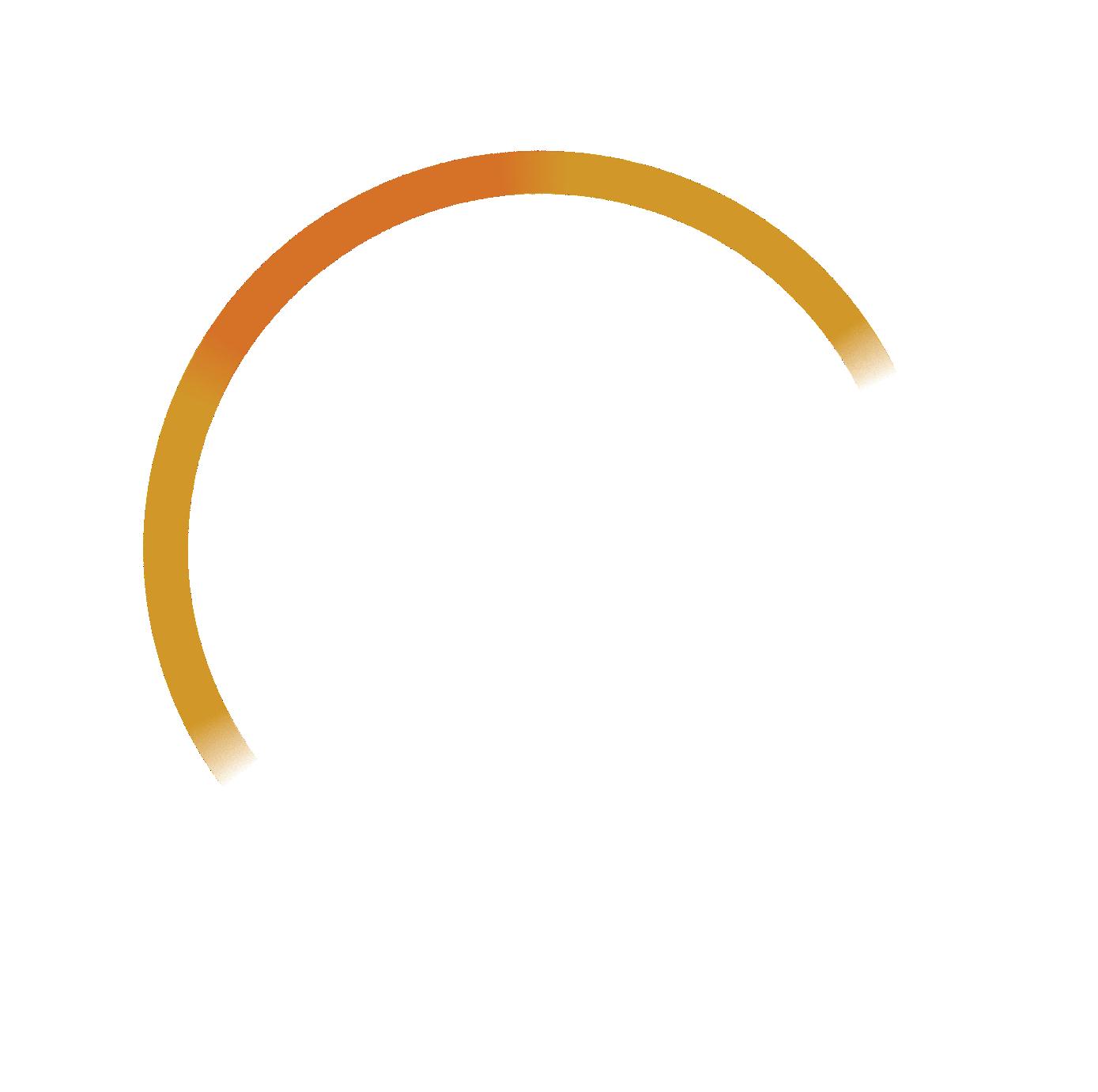



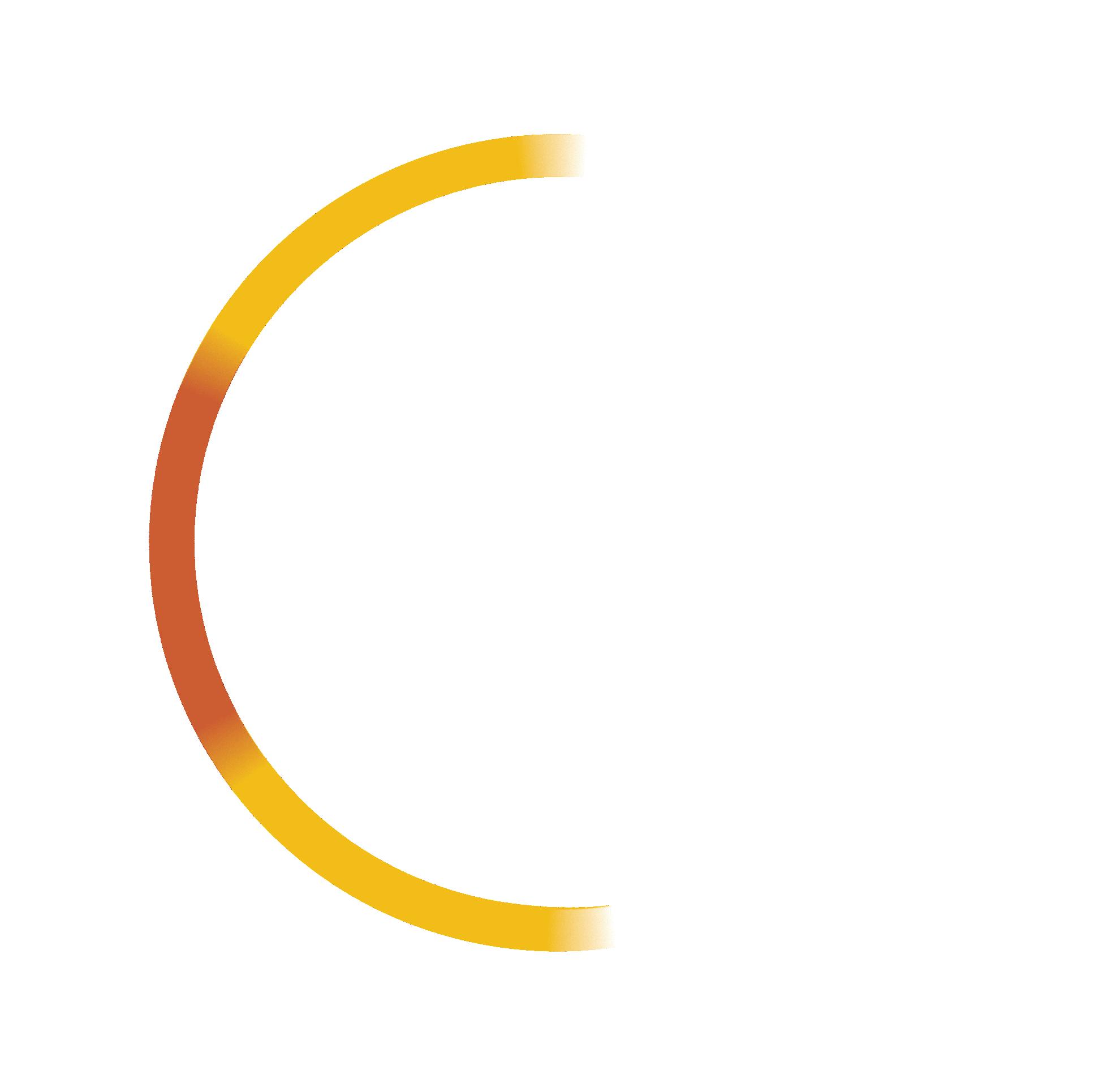

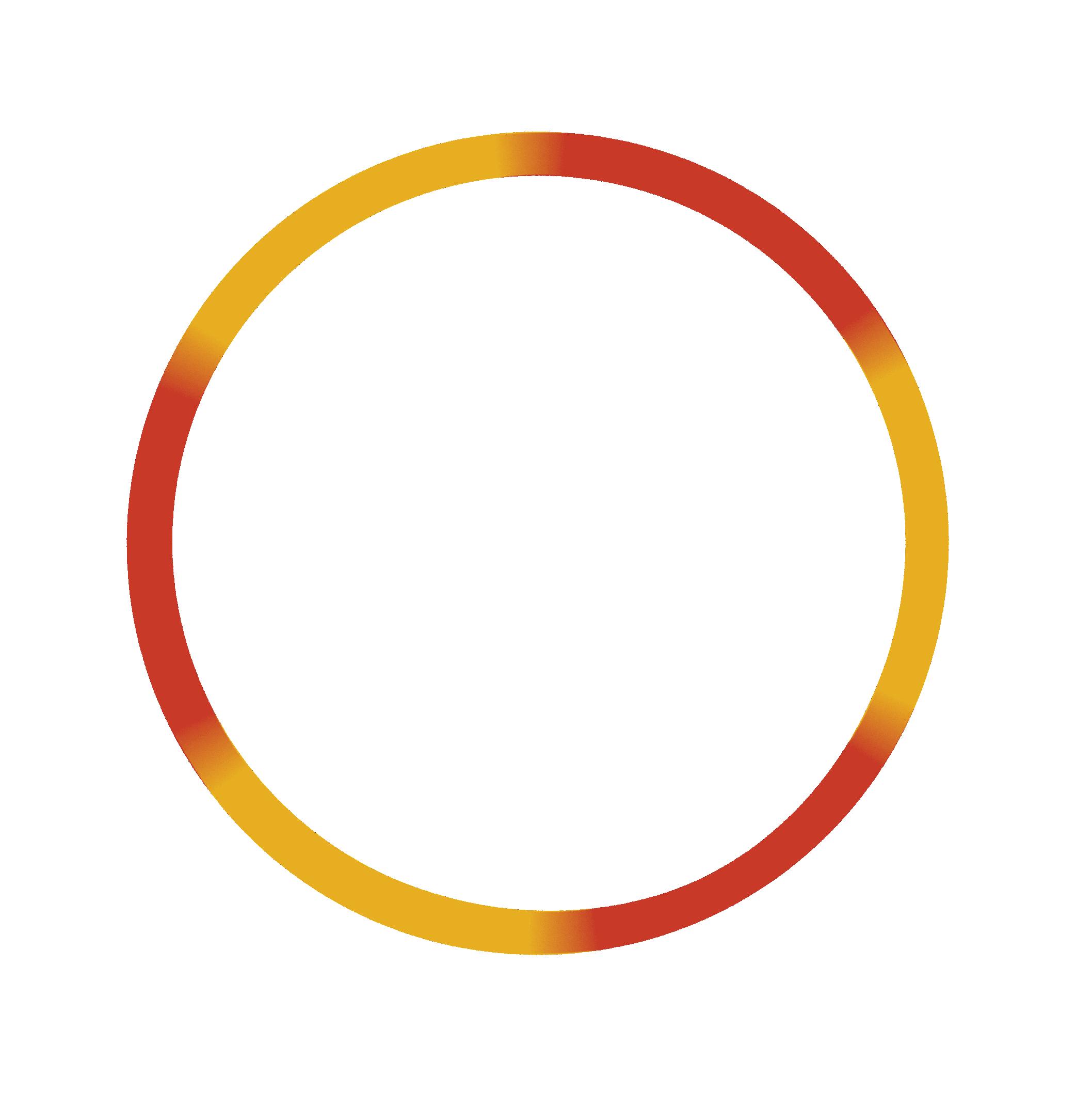
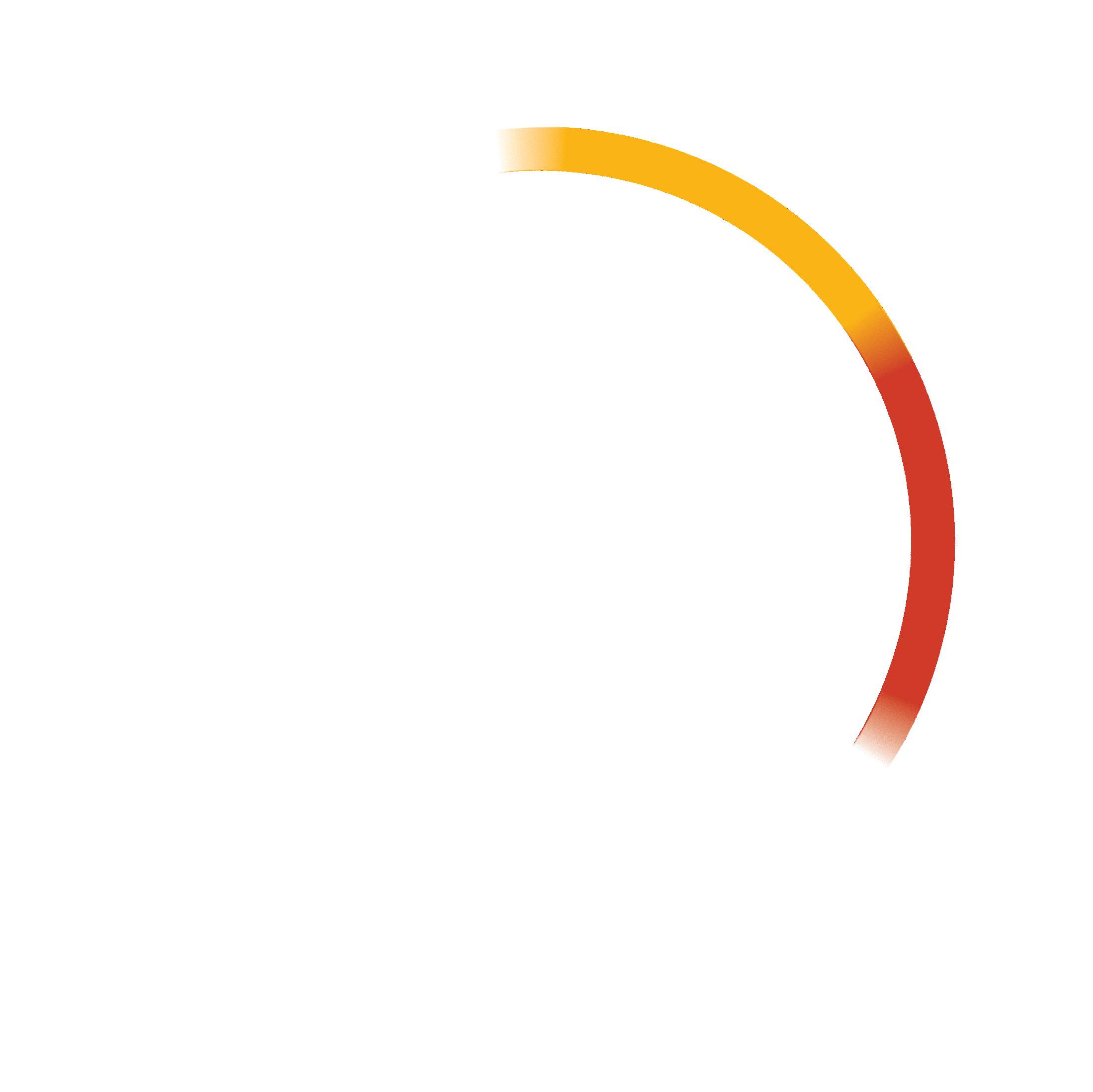

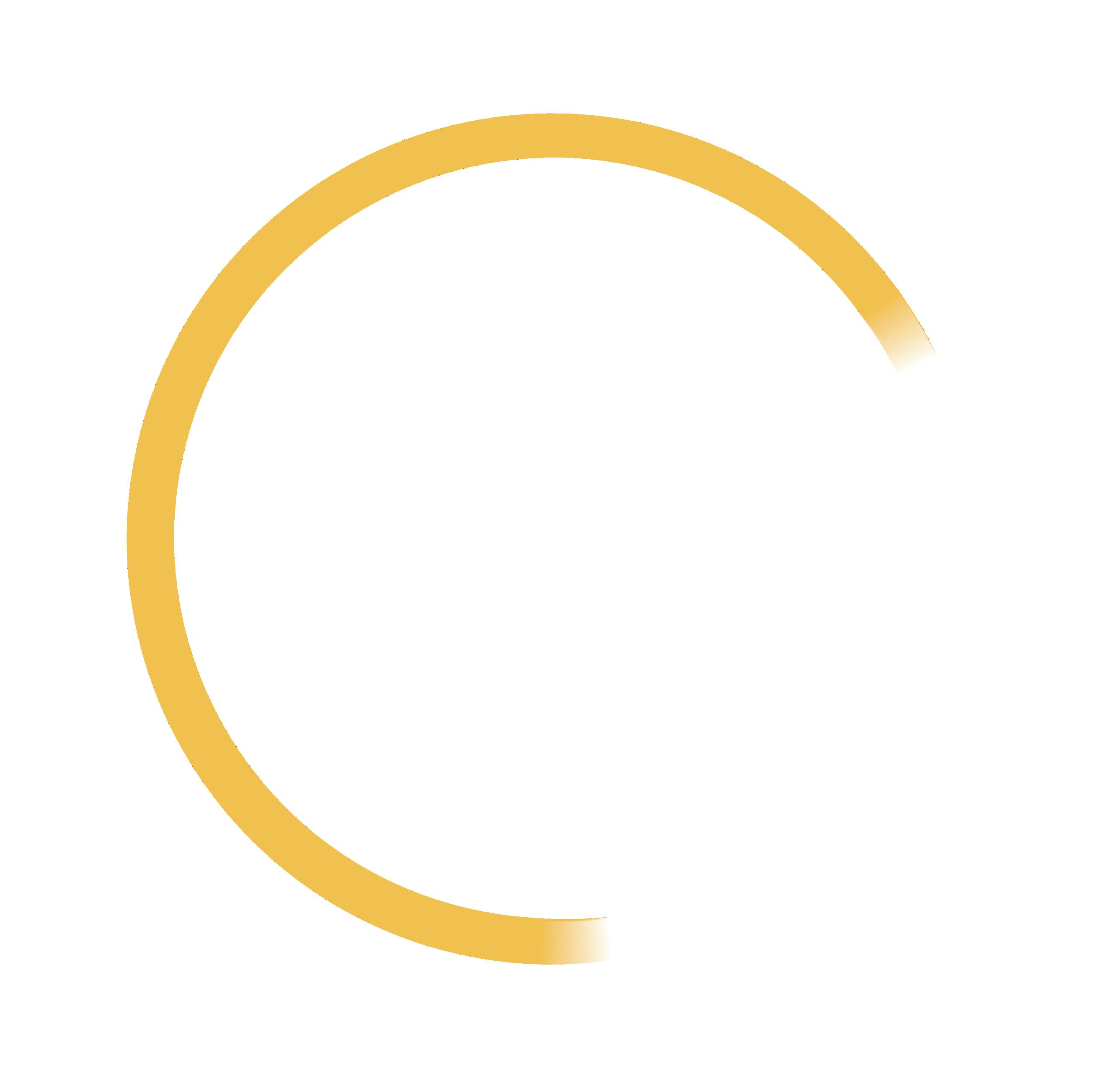

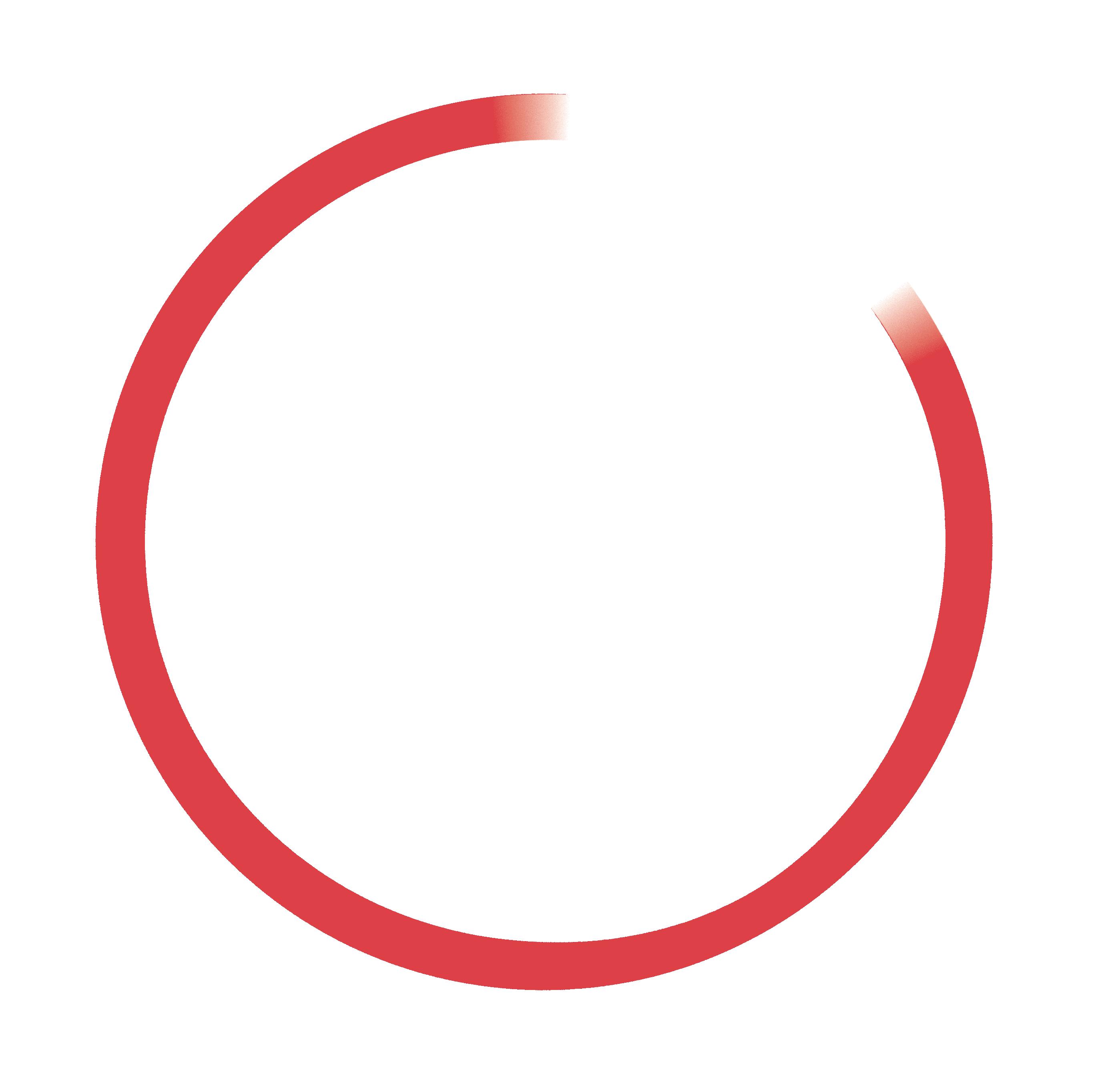

Hemiandra pungens Snake bush 1m

Hypocalymma robustum* Swan River myrtle 1m
Melaleuca scabra* Rough honey mrytle



Endemic bee attracting flora (Prendergast n.d x APACE Bassendean vegetation complex)
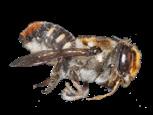





Species level substitues denoted by * (same genus on both lists)
0.5 - 1.5m
Melaleuca seriata* 0.6m
Melaleuca thymoides* 0.4 - 2m
Melaleuca tricophylla* 0.3-0.8m (H) 0.6-2m (W)
Pultenaea reticulata 2m

Regelia inops* 2.5m (H) 1.5m (W)
Xanthorrhoea preisii Grasstree 4-7m (H) 2-4m (W)

Orange pea flowers December to February


Yellow orange pea flowers most of the year
Red and yellow pea flowers June to September
Red and yellow pea flowers Jult to September.
Purple pea flower July to October

Mauve / white flowers Jan to December
Pink wax flowers June to October
Purple September to December
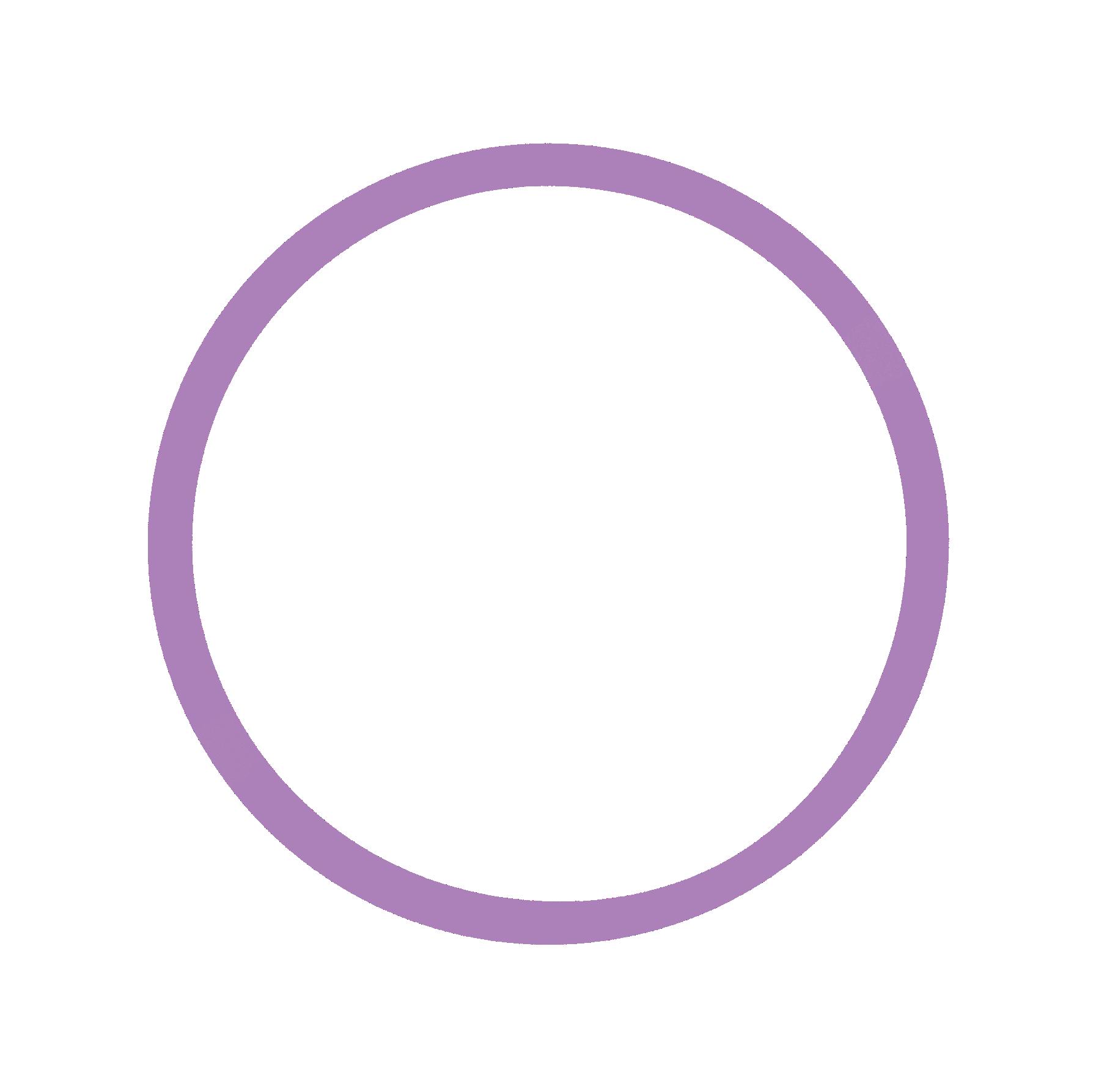
Pink filamentous flowers August to December.
Yellow / creamflowers September to January.
Pink, red flowers in spring and summer.
Yellow / orange pea flower August to December

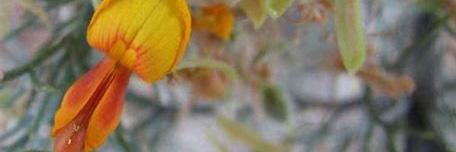
Purple / pink flower october to January
Long flowering scape. Inconspicuous white-cream flowers Jun. or Aug.-Dec. every few years. Spike length 1.5-2.5 m. flower longer than spike.


Legend
Remnant Banksia woodlands
Existing path network (converted to Beeline)

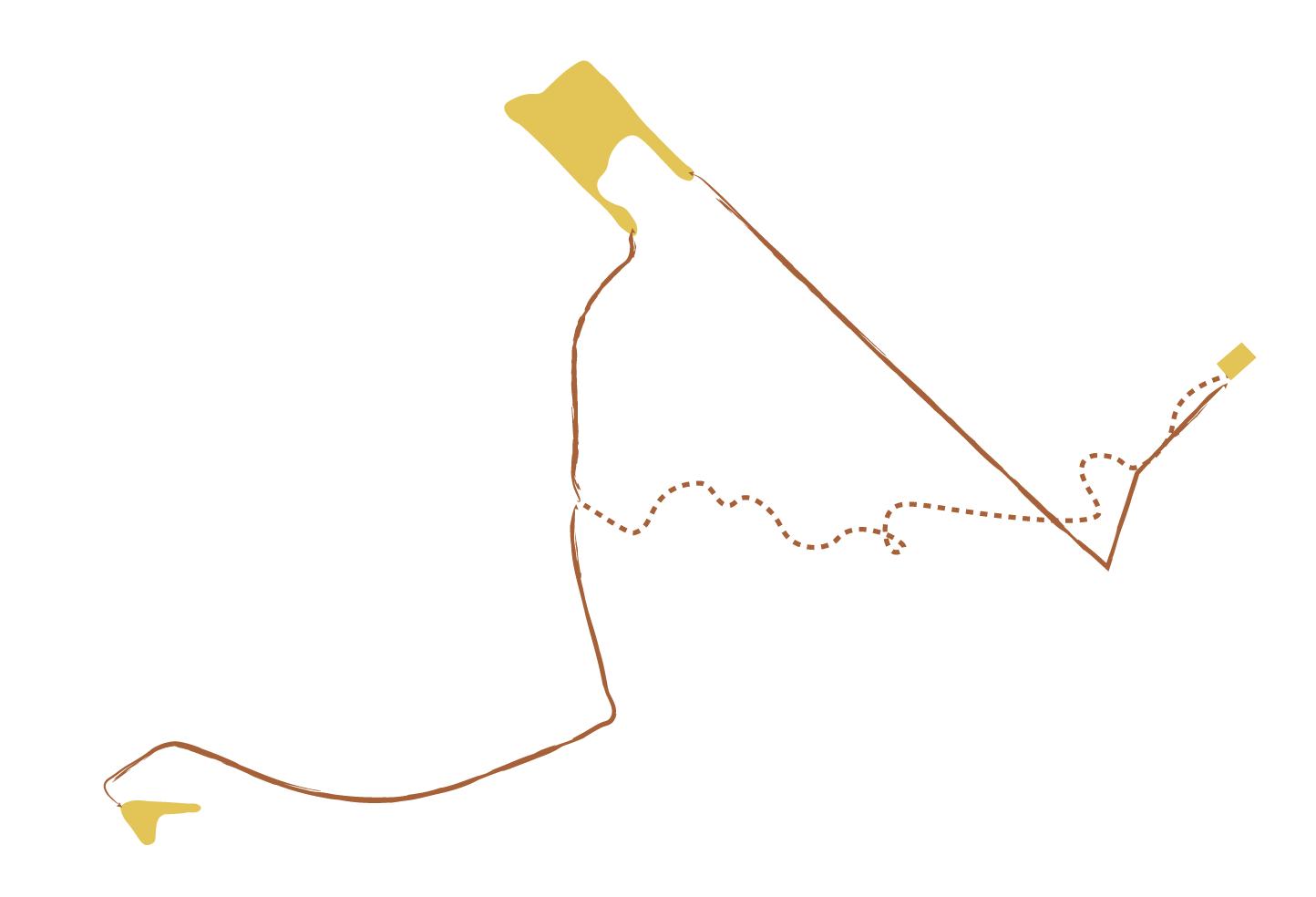
New path Beeline path
Bee’s choice route
Bee motel network (x50 to represent each native bee found Greater Perth)
New bee friendly vegetation
Existing trees
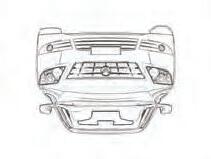

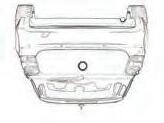

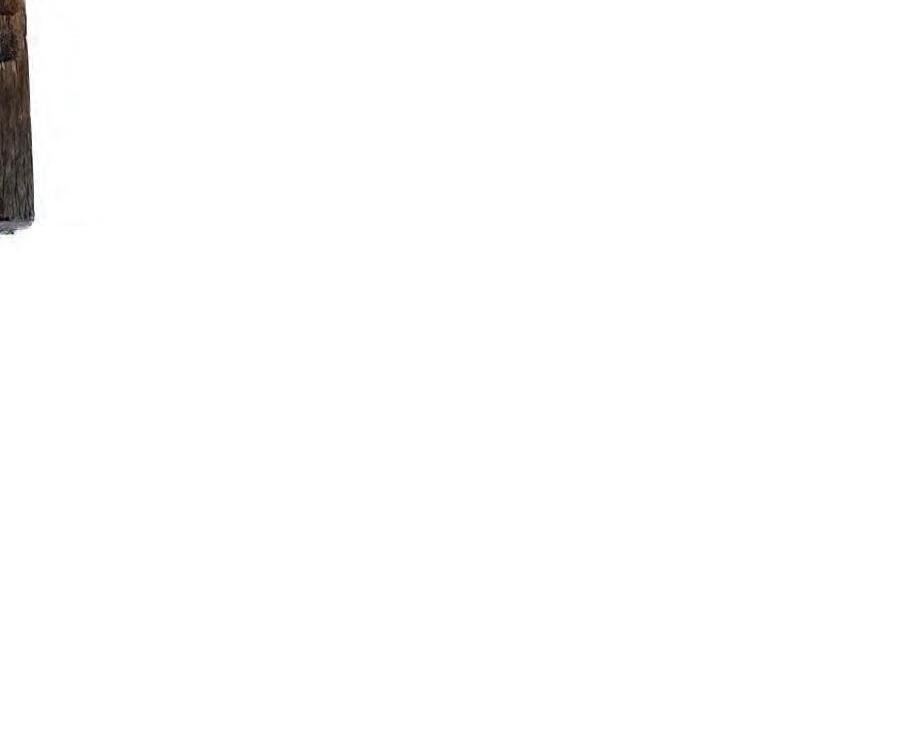

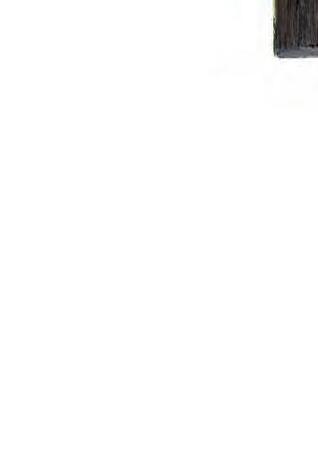











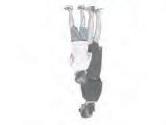
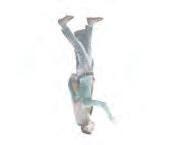

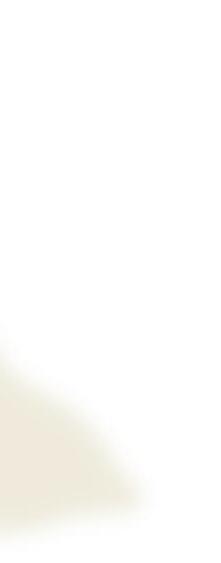




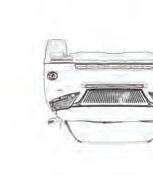

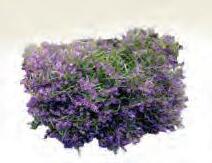
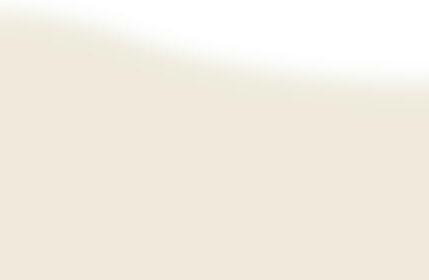

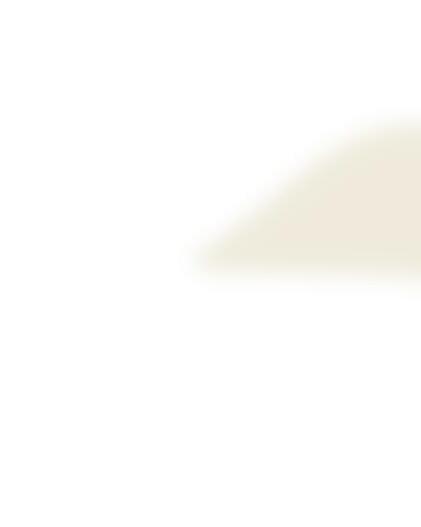
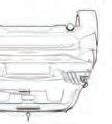

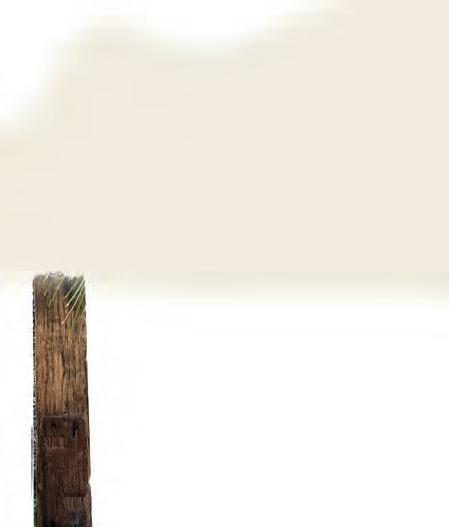





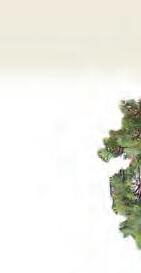






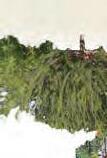


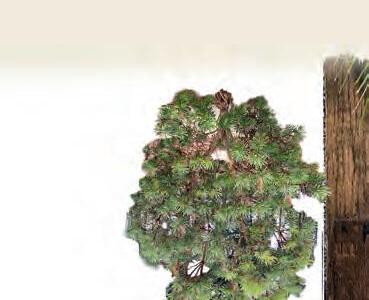





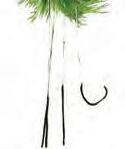










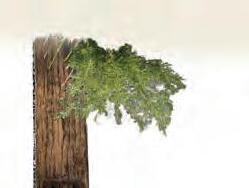









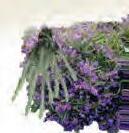











Driver’s perspective Gateway entrance to three Beelines
Bees eye view

False bee colour view of Hardenbergia comptoniana (L) and Jacksonia sericea (R)
Adapted from Lunau et al 2021.
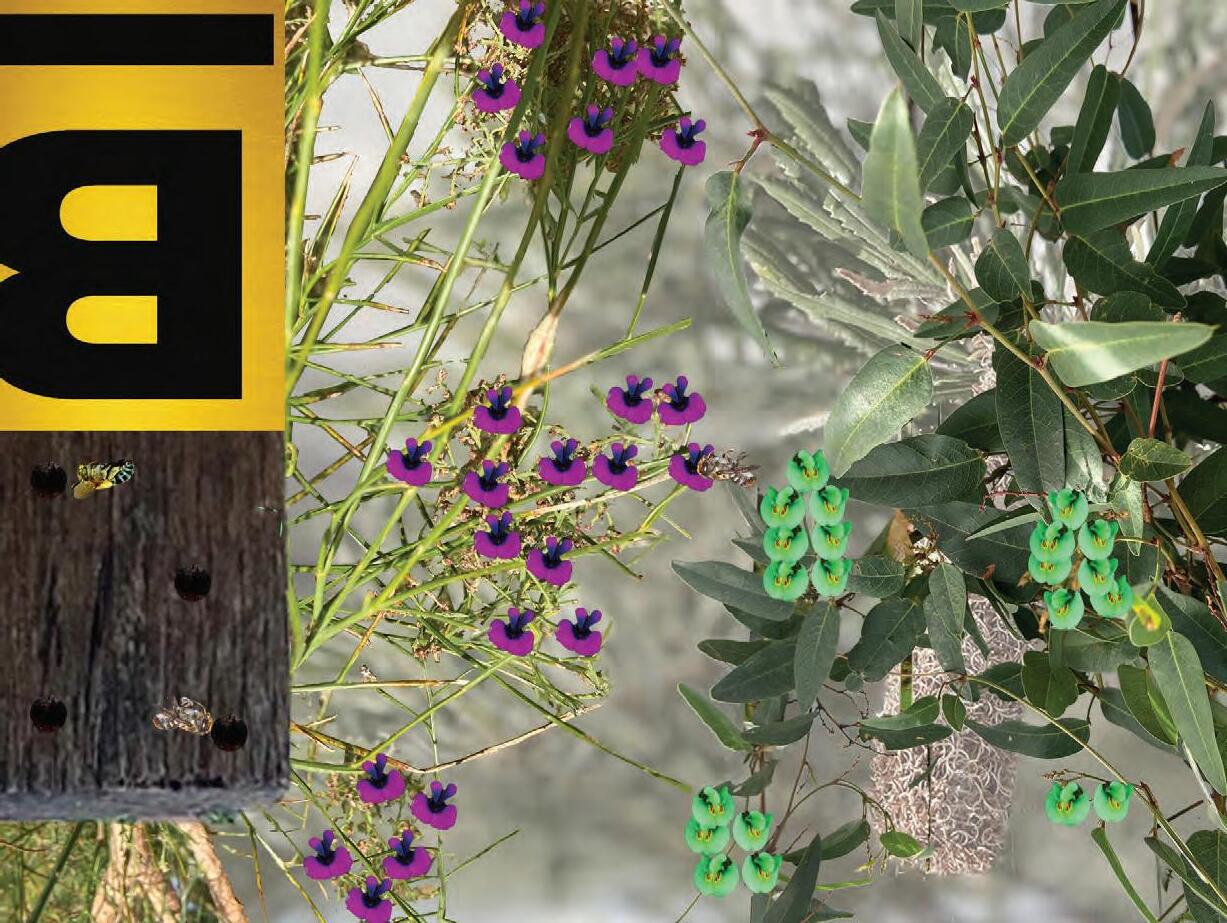

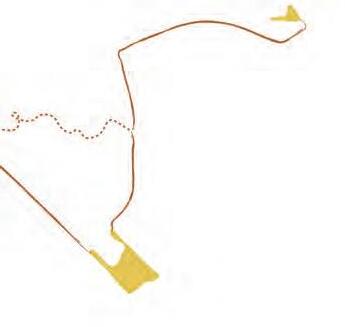



Legend
New aggregate pathway
Bee motel for cavity nesting bees / wayfinding marker
Information marker
Bassendean sands for burrowing nesting bees
New vegetation in varying sizes

Existing trees
Boulder seat



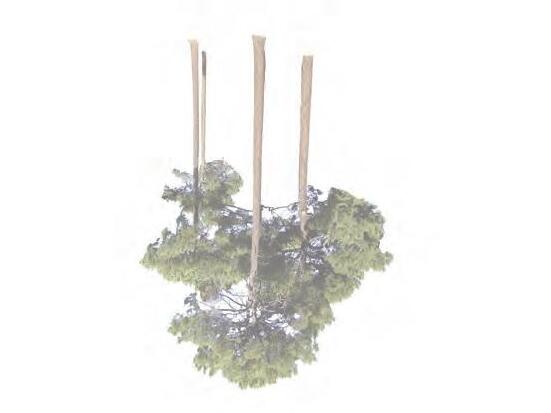




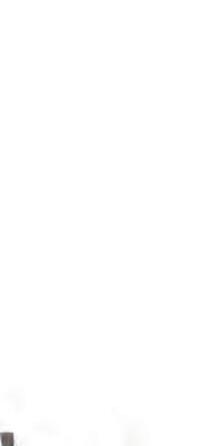

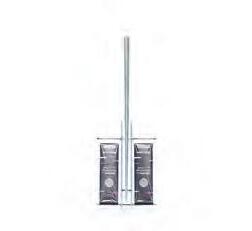





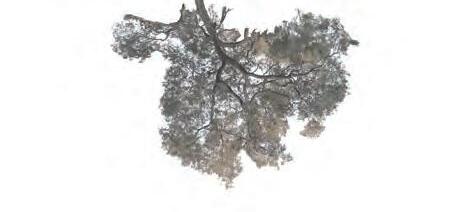


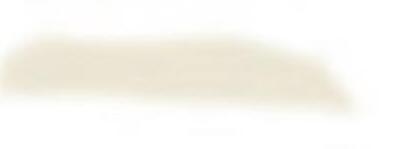

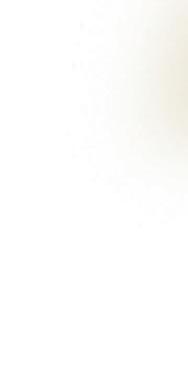

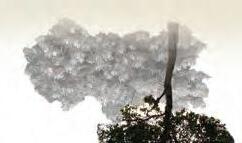




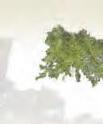

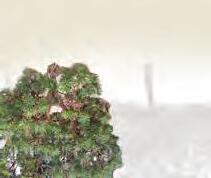

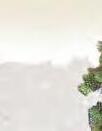
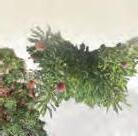


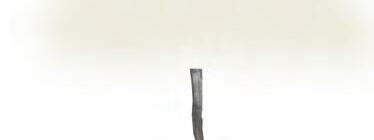





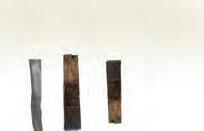

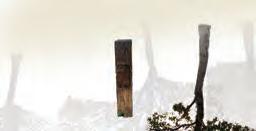

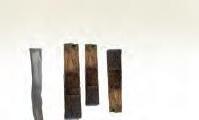





















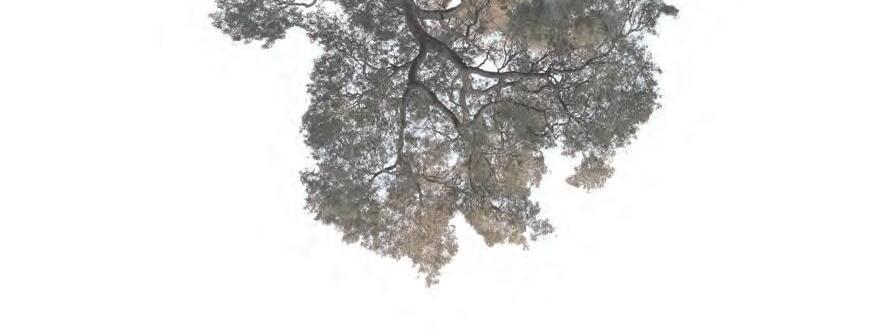


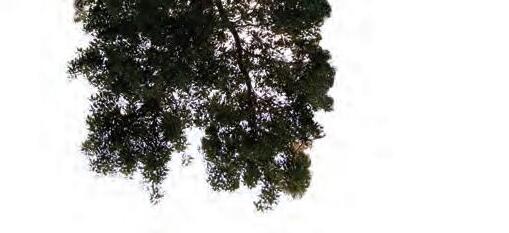

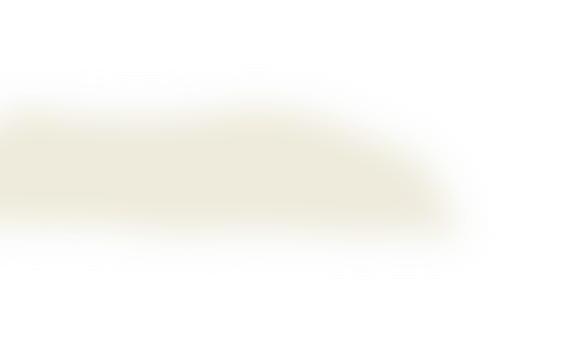



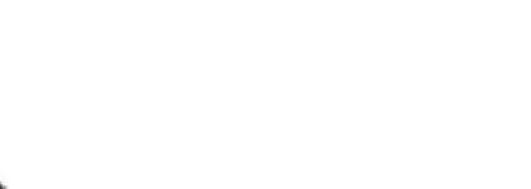

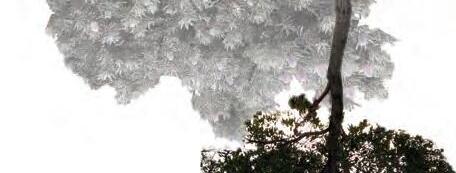

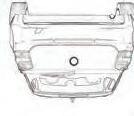
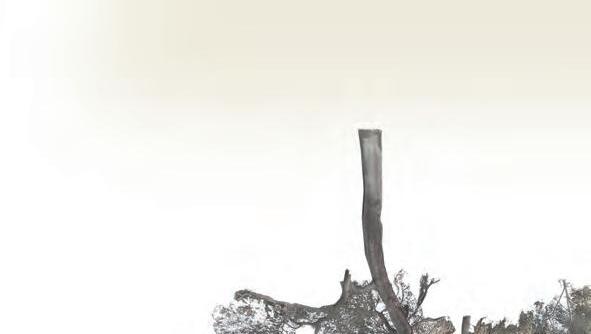

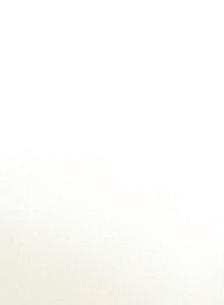

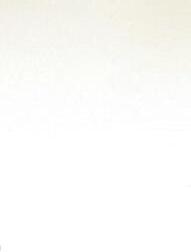
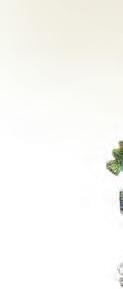



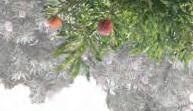












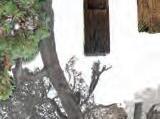












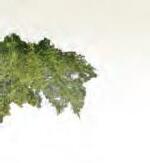



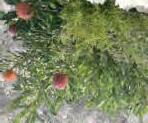
















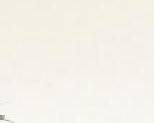











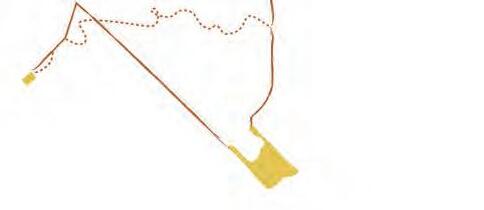






Department of Biodiversity, Conservation and Attractions, Kent Street, Kensington
Bee education / science Living Lab. (native bee monitoring and bee hotel trials) Image credit - Interpretative sign adapted from Publik.
Cavity bees


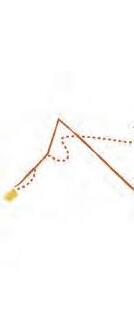


Legend
New aggregate pathway

Bee motel for cavity nesting bees / wayfinding marker
Information marker
Bassendean sands for burrowing nesting bees
New vegetation in varying sizes
Existing trees
Mural wall and seated area
Highvoltagepowerline



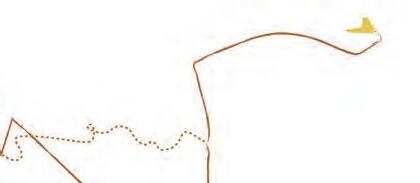
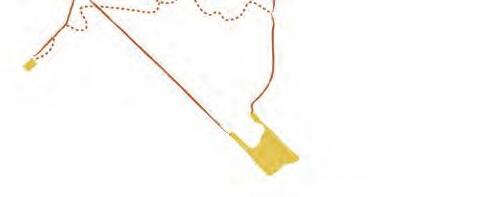

Playfield Reserve, East Victoria Park
Bee friendly garden in repurposed public open space

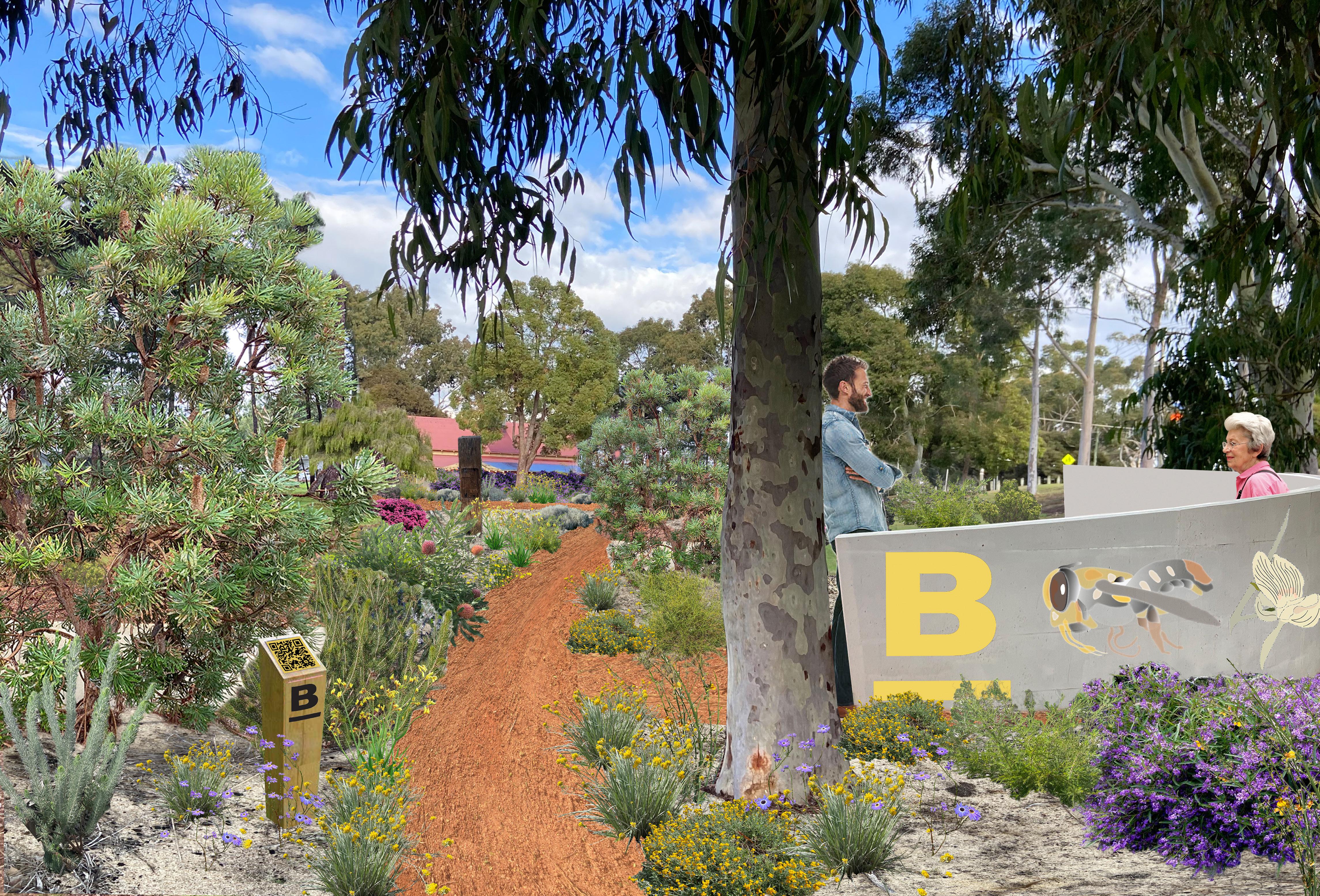 Playfield Reserve, East Victoria Park
Bee friendly garden in repurposed public open space
Playfield Reserve, East Victoria Park
Bee friendly garden in repurposed public open space
1:7500 Master Plan
1:100 @A2 section - Kent St / Hayman Rd. roundabout.
Roundabout redesigned to be gateway to the Beelines.
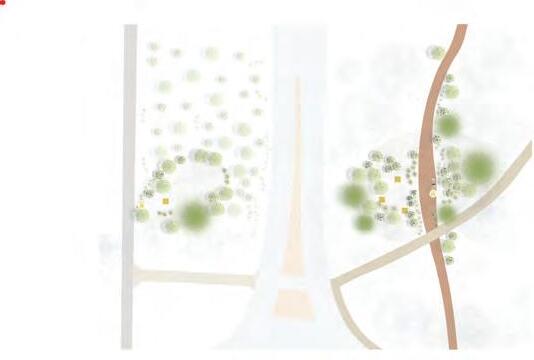
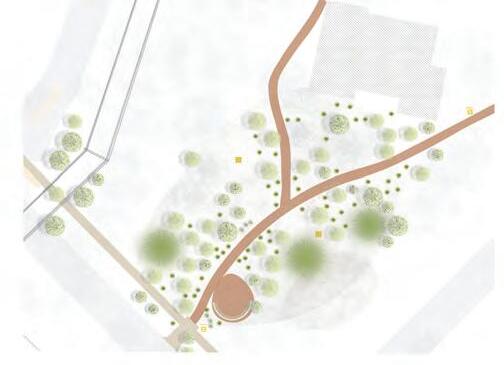
Existing Phoenix canariensis removed. Eucalyptus / Corymbia avoided to discourage foraging by nearby cockatoos to minimise potential for bird vehicle strikes. Mulchless to provide habitat for burrowing bees. Lower plants on edges to preserve vehicle visibility. Groundwater -3-4m AHD.

beeline 2
Perspective 1: Kent St / Hayman Rd. roundabout. The round about is unlikely to be accessed by pedestrians. As such, the main humans to use it will be drivers and nearby pedestrians. A drivers perspective will be only seconds long as they maintain focus on the road.
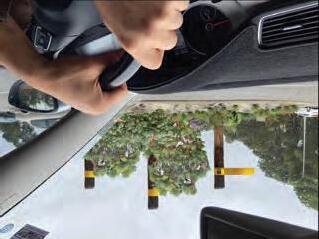
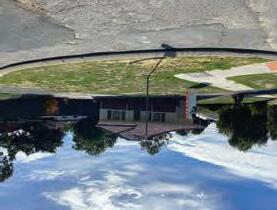
Perspective 1: Kent St / Hayman Rd. roundabout. Bee’s perspective with false bee view colour of Hardenbergia comptoniana and Jacksonia sericea
Source: Lunau et al, 2021.
Perspective: 34 Etwell Street Demonstration Garden
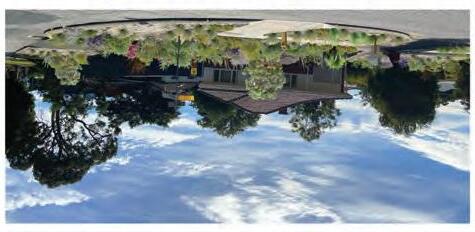
This corner block makes the ideal demonstration garden for Beeline 2. It is within 500m from Jirdarup and has room to plant larger bee attracting shrubs on the private open space. It has recently sold, so is likely to be redeveloped. https://www.realestate.com.au/sold/property-house-waeast+victoria+park-141658932.
1:200@A2 section - Kent St
This cross section spans the City of South Perth and Town of Victoria Park LGAs. The latter has recently planted native shrubbery in a mulched area. Both sides of the road can be used for bee habitat. Groundwater -3-4m AHD.
beeline 3

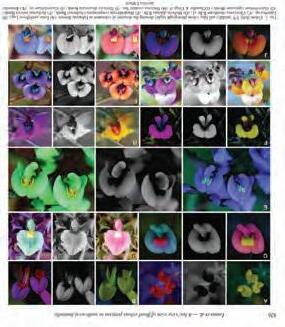
1:100@A2 section - Kent St
As a DBCA sponsored Living Laboratory, this site can be used for educational and science purposes. Low height planting next to Kent Street.
Perspective
This site is between Kent St. and the DBCA offices. As an environmental agency it would make an ideal Living Lab. sponsor. The existing C. callophylla’s would be retained. A new aggregate path would connect the Kent St / Hayman Rd roundabout to DBCA. The boulder sit spot and interpretative signage are intentionally away from bee foraging and nesting flora.
1:250@A2 plan - Playfield Reserve dedicated Bee garden

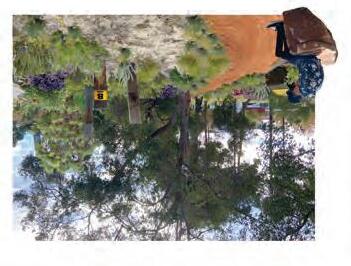
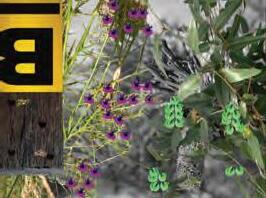
This plan was originally drawn at 1:200 but the scale was adjusted to 1:250 to include the RSL hall as the memorial wall became relevant to the overall design. This present-day grassed area has an established bush edge. Established trees are on site. The grass is not used for sport and could successfully be repurposed into a bee friendly native garden. The Reserve is only 1Ha in size (including the RSL building). The site is 350m from Hillview Community Bushland.
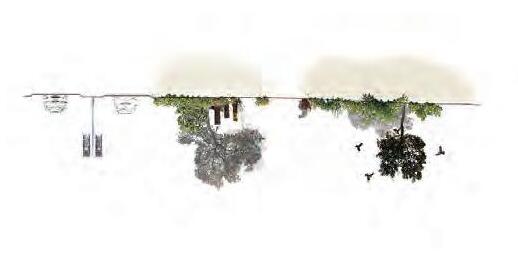

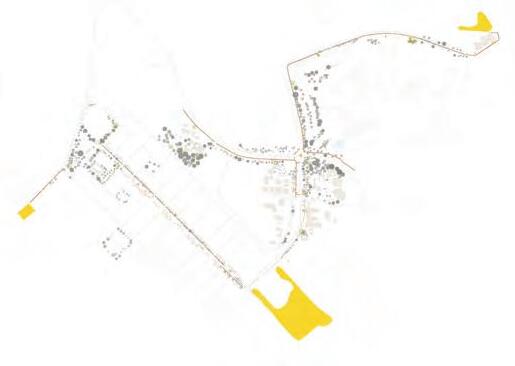
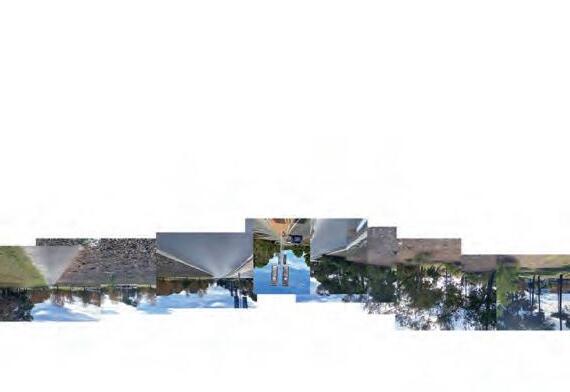
1:200 section - Playfield Reserve dedicated Bee garden
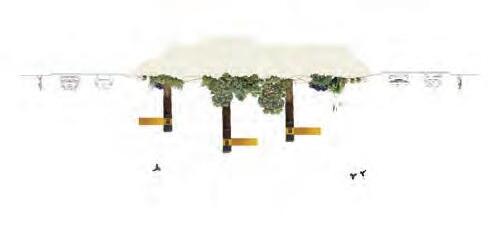
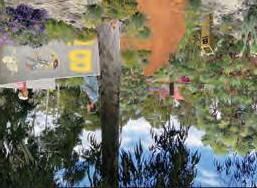
Groundwater is -13-14m AHD. The lawn is not used for organised sport. A 9m E. marginata is located at the front of the RSL. Established Corymbias, Casuarinas, Eucalyptus’, Melaleuca’s fringe the grassed area. These all provide nesting opportunities for the cavity bees.
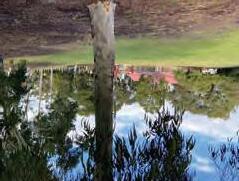
Perspective - Playfield Reserve dedicated Bee garden Playfield Reserve is located adjacent to the RSL Hall. A beautiful, sculptural memorial wall exists. The proposed design replicates this shape to provide connection to the RSL. Out of respect, approval to replicate this design would be required from the RSL and the original designer/artist. Its exterior would include a bee themed mural, while a curved seated area on the interior is proposed to observe the bee garden.
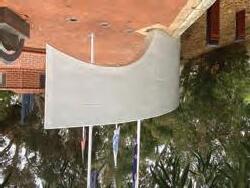
ABC News. 2022. “Scientist Discovers a Native Bee with a ‘Snout’ in a City Park and Names It after Her Dog,” https://www.abc.net.au/news/2022-11-05/native-bee-species-discovered-perth-kings-park-snout/101616420.
Australian Institute of Landscape Architects. 2023. “Biodiversity Positive Design POsitin Statement”. AILA. https://www.aila.org.au/common/Uploaded%20files/_AILA/Resource%20library/AILA%20Biodiversity%20Positive%20Position%20Statement.pdf
Atlas of Living Australia n.d. “Species: Megachile Ignita.” Accessed April 14, 2023. https://bie.ala.org.au/species/https:/biodiversity.org.au/afd/taxa/a2665ace-ee67-4396-8f4d-f2497e9550f4#overview.
APACE. 2019. “Revegetation Catalogue Bassendean Vegetation Complex” APACE Aid Inc. Bassendean-grey-12-pages.pdf (apacewa.org.au)
Aussie Bee. 2023. “THE VARROA MITE CRISIS IN NEW SOUTH WALES’. https://www.aussiebee.com.au/varroa-mite-crisis.html
Aussie Bee. n.d. “Native Bees and Varroa Mites.” https://www.aussiebee.com.au/varroa-mite-crisis.html.
Australian Native Bee Association. n.d. “Hive foster program - Varroa Response.” Accessed April 14, 2023. https://www.anba.org.au/varroa-response/.
Australian Bureau of Statistics. 2022. “Victoria Park Latest release 2021 Census Aboriginal and/or Torres Strait Islander people QuickStats”. 2021 Victoria Park, Census Aboriginal and/or Torres Strait Islander people QuickStats | Australian Bureau of Statistics (abs.gov.au)
Ayers, A. and Rehan, S. 2021. Supporting Bees in Cities: How Bees are influenced by Local and Landscape Features. Insects. Vol.12(128): 1-18. https://doi.org/10.3390/insects12020128
Barrett, R. and Tay, E.P. 2016. Perth Plants. Clayton South. CSIRO Publishing.
Brundrett, M. C. 2021. “One biodiversity hotspot to rule them all in southwestern Australia” Journal of the Royal Society of Western Australia, 104: 91–122, 2021
Ceccon, P. and Zampieri, L. 2016. Paths, Tracks and Traails - designing for pedestrians and cyclists.Shanghai: images Publishing.
City of South Perth. n.d.. “Welcome to the City of South Perth population forecasts.” Informed Decision. https://forecast.id.com.au/south-perth.
City of South Perth. 2022. “Green Plan.” Microsoft Word - Greenplan Report.doc (southperth.wa.gov.au)
City of South Perth. 2021. Local Planning Strategy. city-of-south-perth-local-planning-strategy.pdf (southperth.wa.gov.au)
City of South Perth. n.d. Greening Our Streets Street Verge Landscape Guidelines. street-verge-landscape-guidelines.pdf (southperth.wa.gov.au)
City of South Perth. 2018. Urban Forest Strategy 2018-2023. urban-forest-strategy.pdf (southperth.wa.gov.au)
Craig (Owner 10 Anketell Street Kensington), unpublished interview, April 7, 2023
CSIRO and BoM. 2022. State of the Climate. Commonwealth Scientific Industry Research Organisation and Bureau of Meterology http://www.bom.gov.au/state-of-the-climate/2022/documents/2022-state-of-the-climate-web.pdf
Davison, E.M. 2014. “Resolving confusions about jarrah dieback - don’t forget the plants”. Australasian Plant Pathol. 43:691–701. DOI 10.1007/s13313-014-0302-y
Department of Agriculture, Fisheries and Forestry. 2022. “Bees and Bee Pests and Diseases. Australian Government. https://www.agriculture.gov.au/biosecurity-trade/pests-diseases-weeds/bees.
Department of Climate Change, Energy, the Environment and Water. 2023. “Australian Faunal Directory.” Australian Government. https://biodiversity.org.au/afd/taxa/Megachile_ignita.
Department of Climate Change, Energy, the Environment and Water. 2016. “Banksia Woodlands of the Swan Coastal Plain: a nationally-protected ecological community.”Australian Government. Banksia Woodlands of the Swan Coastal Plain: a nationally-protected ecological community - DCCEEW
Department of Climate Change, Energy, the Environment and Water. n.d. “Banksia Woodlands of the Swan Coastal Plain ecological community”. Australian Government. Banksia Woodlands of the Swan Coastal Plain ecological community (environment.gov.au)
Department of Environment. 2015. Conservation Management Zones of Australia Swan Coastal Plains Shrublands and Woodlands. Conservation Management Zones of Australia - Swan Coastal Plains Shrublands and Woodlands (dcceew.gov.au)
Department of Natural Resources and Environment Tasmania. 2021. “What is Phytophthora cinnanomi?” Biosecurity Tasmania. https://nre.tas.gov.au/biosecurity-tasmania/plant-biosecurity/pests-and-diseases/phytophthora/biology
Ecologic. 2018. Kensington Bushland Management Plan Town of Victoria Park. https://ehq-production-australia.s3.ap-southeast-2.amazonaws.com/75a4fd9ebe432eb003fbd19b61518007cfc82683/documents/attachments/000/088/150/original/FINAL_Town_of_Victoria_Park_Kensington_Bushland_Management_Plan.pdf?X-Amz-Algorithm=AWS4-HMAC-SHA256&X-Amz-Credential=AKIA4KKNQAKIOR7VAOP4%2F20230512%2Fap-southeast-2%2Fs3%2Faws4_request&X-Amz-Date=20230512T012535Z&X-Amz-Expires=300&X-Amz-SignedHeaders=host&X-Amz-Signature=d85056c8e450178e20725731ad7ccd0aa61fdeff05ded1d43f993ece9842b661 Enright, N. J, Fontaine, J.B., Bowman, D. Ross, Bradstock, A. and Richard J Williams, R.J. 2015. “Interval Squeeze: Altered Fire Regimes and Demographic Responses Interact to Threaten Woody Species Persistence as Climate Changes.” Frontiers in Ecology and the Environment, Vol. 13 (5): 265–72. http://www.jstor.org/stable/24891190. Florabase. n.d. “Browse the Western Australian Flora”“ Florabase—the Western Australian Flora (dpaw.wa.gov.au)
Friends of Jirdarup Bushland. n.d. “The Friends of Jirdarup Bushland” Accessed April 14, 2023. https://friendsofjirdarupbushland.org.au/.
Gardening Australia. 2020. “Future Forests.” ABC. https://www.abc.net.au/gardening/how-to/future-forests/12904494.
Gardening Australia. 2007. Windsor Street Trail. ABC. Windsor St Trail - Gardening Australia (abc.net.au)
Gardening Australia. 2019. “Native Bee Buzz.” ABC. Native Bee Buzz - Gardening Australia (abc.net.au)
George. A. 1987. The Banksia Book. 2nd Ed. Kenthurst: Kangaroo Press Pty. Ltd.
Greening Australia. n.d. Our Park, Our Place. Verge Design Workbook. Verge-Design-Booklet-DRAFT.pdf (greeningaustralia.org.au)
Kaartdijin Noongar. n.d. “Noongar Word List |.” https://www.noongarculture.org.au/glossary/noongar-word-list/.
Kirkpatrick, A. 2022. “Laying the Groundwork for Soil.” Landscape Australia. https://landscapeaustralia.com/articles/laying-the-groundwork-for-soil-biodiversity-an-interview-with-simon-leake/.
Lambers, H. and Bradshaw, D. 2016. “Australia’s south west: a hotspot for wildlife and plants that deserves World Heritage status”. The Conversation. https://theconversation.com/australias-south-west-a-hotspot-for-wildlife-and-plants-that-deserves-world-heritage-status-54885
Lunau, K, Scaccabarozzi, D. Willing, L. and Dixon, K. 2021. “A bee’s eye view of remarkable floral colour patterns in the south-west Australian biodiversity hotspot revealed by false colour photography”. Annals of Botany 128: 821–834, https://doi.org/10.1093/aob/mcab088
Michener, C.D. 2007. The Bees of the World, 2nd edition (John Hopkins University Press).
Neufert, E. 1980. Architects’ Data. 2nd Ed. Oxford: Blackwell Science.
Newman, Damien. 2010. “The Design Squiggle.”. https://thedesignsquiggle.com/.
Orff, K. 2020. “What is Design Now? Unmaking the Landscape” Architectural design. Vol.90(1): 94-99. DOI: 10.1002/ad.2531
Phillips, R. D., Hopper, S.D. and Dixon, K.W. 2010. “Pollination Ecology and the Possible Impacts of Environmental Change in the Southwest Australian Biodiversity Hotspot.” Philosophical Transactions: Biological Sciences. Vol. 365 (1539): 517–28. http://www.jstor.org/stable/40538219
Powell, R. 2019. Leaf and Branch. 2nd ed. reprint. Perth. Western Australian Naturalists’ Club.
Scott, J. and Negus, P. 2013. Wildflowers of Southwest Australia: Augusta-Margaret River region. 1st ed. Fremantle, Cape to Cape Publishing.
Prendergast, K. year. Creating a Haven for Native Bees Brochure.
Prendergast. 2023. Personal communication. March 21-22, 2023.
Prendergast. K. 2020. Beyond ecosystem services as justification for biodiversity conservation. Austral Ecology. (2020) 45, 141–143. doi:10.1111/aec.12882
Prendergast, K., Dixon, K. and Bateman, B. 2021. Interactions between the introduced European honey bee and native bees in urban areas varies by year, habitat type and native bee guild. Biological Journal of the Linnean Society, 2021, 133, 725–743.
Prendergast, K., Menz, M., Dixon, K. and Bateman, P. 2020. The relative performance of sampling methods for native bees: an empirical test and review of the literature. Ecosphere. Vol. 11(5), 1-22.
Prendergast, K.S. Tomlinson, S., Dixon, K.W. Bateman, P.W., and Menz, M.H.M. 2022. Urban native vegetation remnants support more diverse native bee communities than residential gardens in Australia's southwest biodiversity hotspot. Biological Conservation, Volume 265, https://doi.org/10.1016/j.biocon.2021.109408.
Prendergast, K. 2018. “Nesting Biology of Megachile ignita Smith, 1853 (Hymenoptera: Megachilidae) In Artificial Nesting Blocks In Urbanised Southwestern Australia”. Australian Entomologist, Vol. 45(2): 139-148. doi/10.3316/informit.714753535034353
Quattrocelli, P. 2022. “Bee Highway Causes A Buzz”. ABC. Bee Highway Causes A Buzz | *PS News (psmedia.com.au)
Radio National. 2021. “Native Bees of South-West Western Australia.” ABC Radio National. https://www.abc.net.au/radionational/programs/scienceshow/native-bees-of-south-west-western-australia/13363698.
Ritchie, A., Sinclair, E., Steven, J., Commander, L., Davis, R. and Fowler, W. 2016. “EcoCheck: Perth’s Banksia Woodlands Are in the Path of the Sprawling City.” The Conversation. https://theconversation.com/ecocheck-perths-banksia-woodlands-are-in-the-path-of-the-sprawling-city-59911.
Kala, J., Robson, B., Fontaine, J., Beatty, S. and Wernberg, T. 2021. “Drying Land and Heating Seas: Why Nature in Australia’s Southwest Is on the Climate Frontline.” The Conversation. https://theconversation.com/drying-land-and-heating-seas-why-nature-in-australias-southwest-is-on-the-climate-frontline-170377?utm_source=twitter&utm_medium=bylinetwitterbutton.
Stevens, J. C., Rokich, D. P., Newton, V. J., Barrett, R. L. Dixon, K.W. 2016. Banksia woodlands a restoration guide for the Swan Coastal Plain. 1st ed. Crawley: UWA Publishing Tan, Shaun. 2018. Tales from the Inner City. Allen & Unwin Town of Victoria Park. n.d. “Bird waterers.” https://www.victoriapark.wa.gov.au/Around-town/Environment/Bird-waterers.
Town of Victoria Park. 2023. “Kent Street Sand Pit Detailed Design.” https://yourthoughts.victoriapark.wa.gov.au/kentstreetsandpit?next=/admin/sites/editors/home-page/live-preview.
Town of Victoria Park. 2023. “Welcome to the Town of Victoria Park population forecasts”. Informed decisions. https://forecast.id.com.au/victoria-park
Town of Victoria Park, 2023. Street tree data. Shapefile.
Town of Victoria Park. n.d. “Bird Waterers.” https://www.victoriapark.wa.gov.au/Around-town/Environment/Bird-waterers.
Town of Victoria Park. n.d. “Town Planning Scheme” Town Planning Scheme - Victoria Park
Town of Victoria Park. n.d. Urban Forest Strategy Urban Forest Strategy - Victoria Park
Trish (Owner 18 Anketell Street Kensington), unpublished interview, April 7, 2023
Urban Bushland Council WA n.d. “End Clearing of Banksia Woodlands.” https://www.bushlandperth.org.au/campaigns/perths-banksia-woodlands/.
Western Australian Government, Department of Primary Industries and regional Development. 2023. “Varroa Mite: Biosecurity Alert”. Accessed April 14, 2023. https://www.agric.wa.gov.au/bees/varroa-mite-biosecurity-alert#:~:text=Varroa%20mites%20have%20not%20been%20detected%20in%20Western.
Western Australian Government, Herbarium, Biodiversity and Conservation Science. n.d. “Florabase—the Western Australian Flora.” https://florabase.dpaw.wa.gov.au/browse/profile/1800.
Western Australian Government, Department of Water and Environmental Regulation. Perth Groundwater Map.https://maps.water.wa.gov.au/Groundwater/
Western Australian Museum. 2013. “Native Bees.” WAM. https://museum.wa.gov.au/research/collections/terrestrial-zoology/entomology-insect-collection/entomology-factsheets/native-bees. Whitehurst, R. 1997. Noongar Dictionary.” Noongar Language and Cultural Centre. Noongar-Dictionary-Second-Edition.pdf (noongarculture.org.au)
Van Dooren, T. and Rose, D.B. 2012. Storied-places in a multispecies city. Humanimalia. Vol. 3(2): 1-27. DOI: 10.52537/humanimalia.10046
Von Uexküll, J. 2001. An introduction to umwelt. Semiotica. Vol. 134:Issue: 1-4, 107-110. Young, Emma. 2018. “One Native Bee Relies on Perth’s Banksia: Study.” WAtoday. https://www.watoday.com.au/national/western-australia/one-native-bee-relies-on-perth-s-banksia-study-20180825-p4zzra.html. Zanthorrhoea. N.d. “Verge Planting”. Verge_Planting.pdf (zanthorrea.com) Zimmermann, Astrid. 2015. Constructing landscape: materials, techniques and structural components. Basel: Birkhauser.